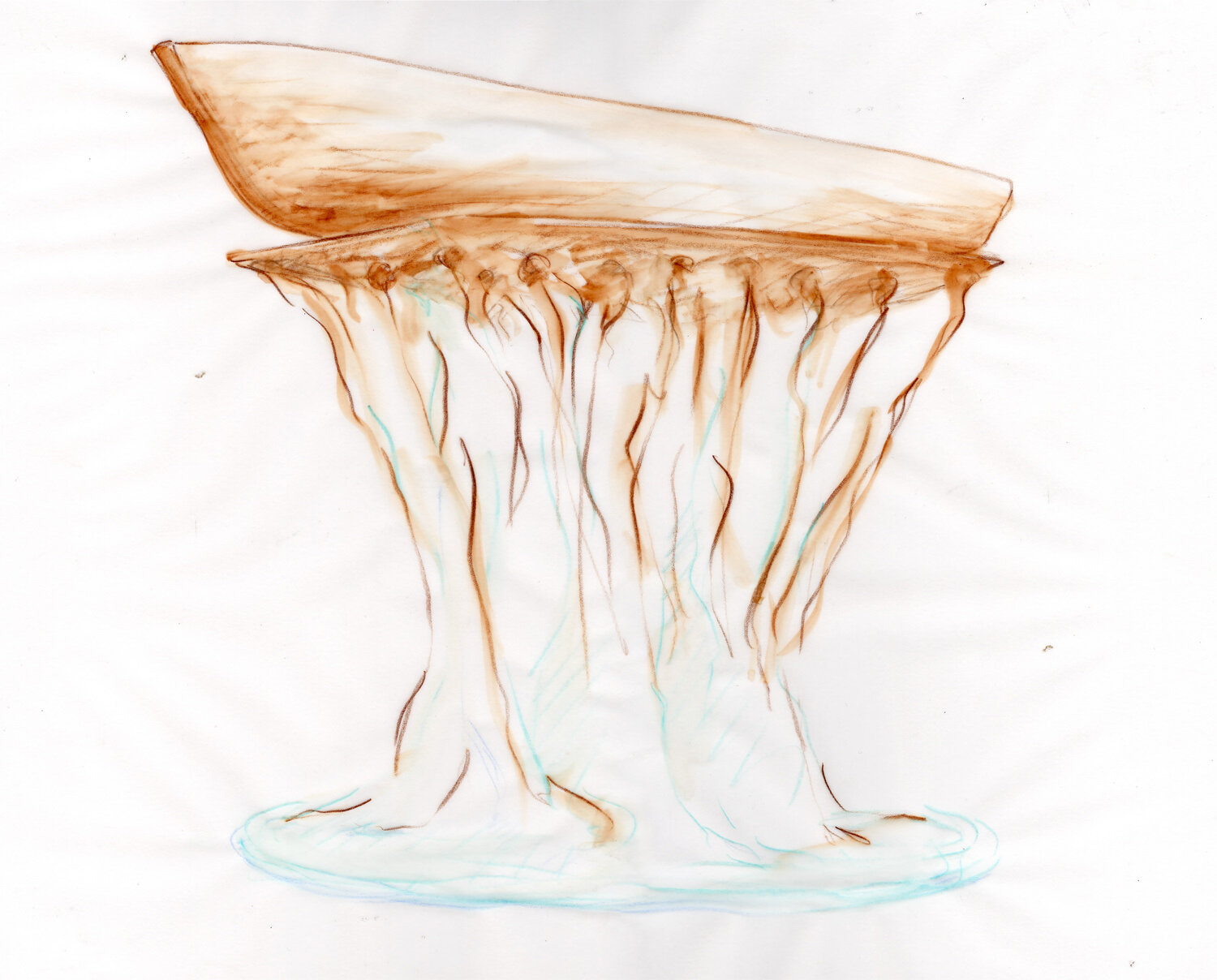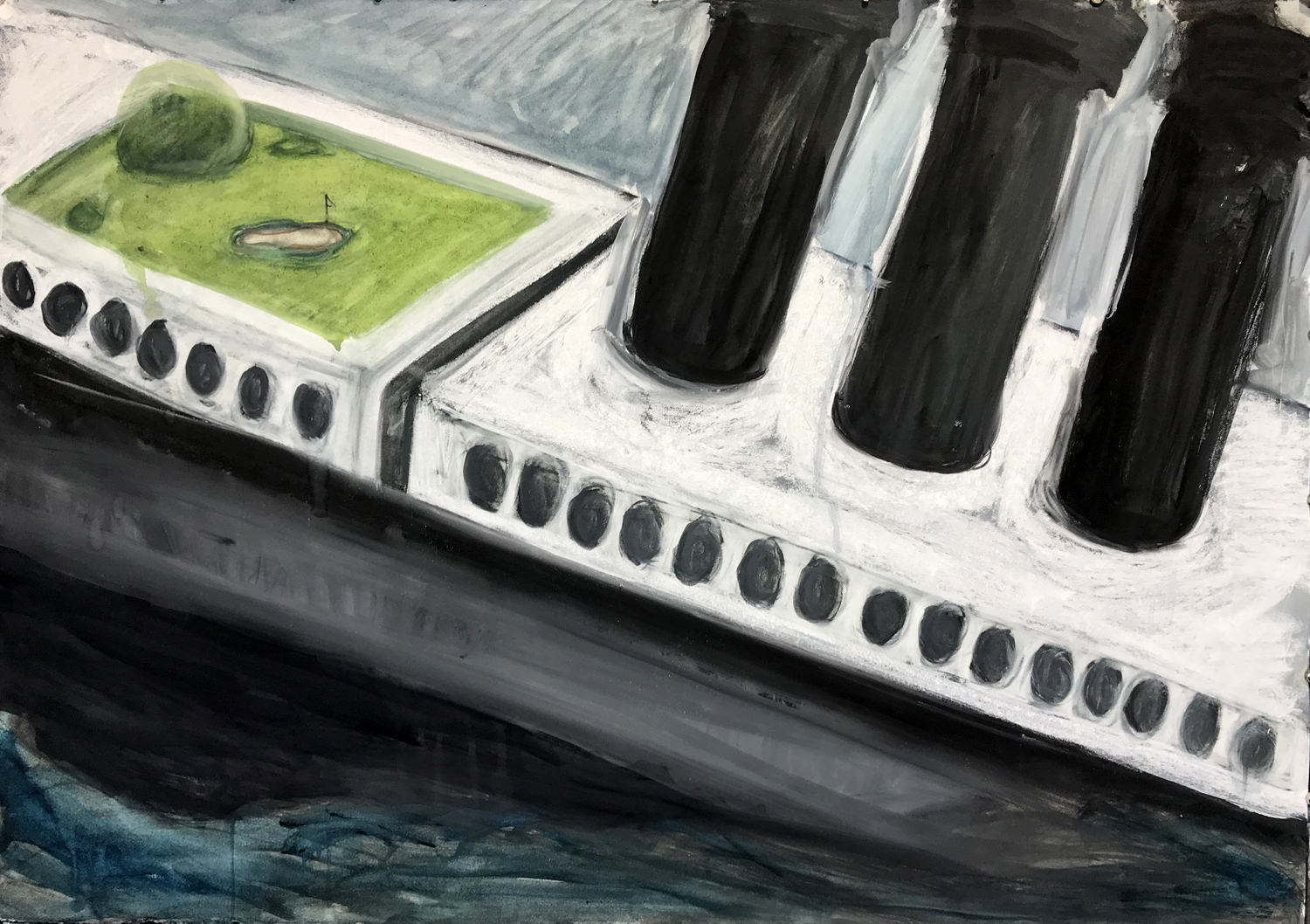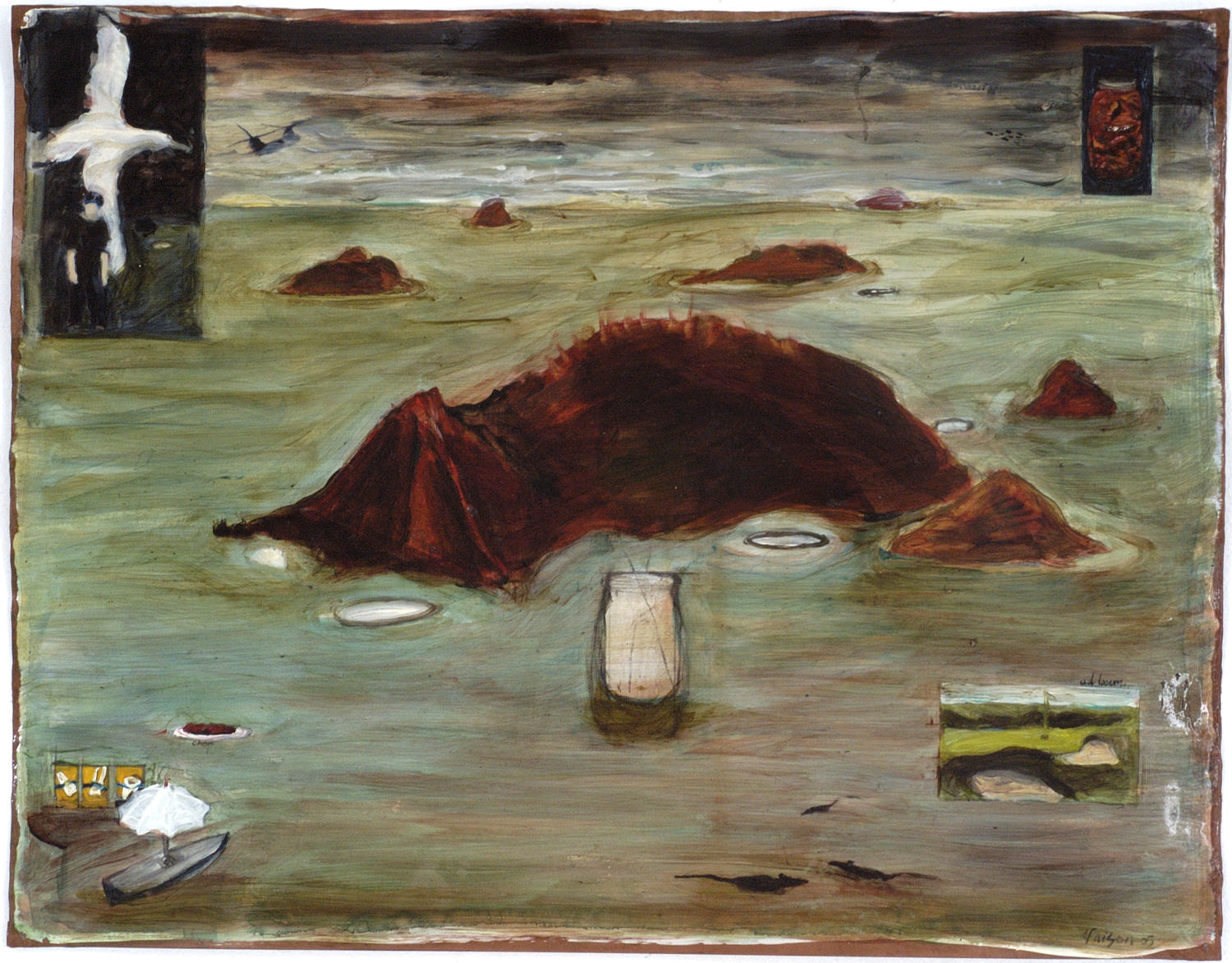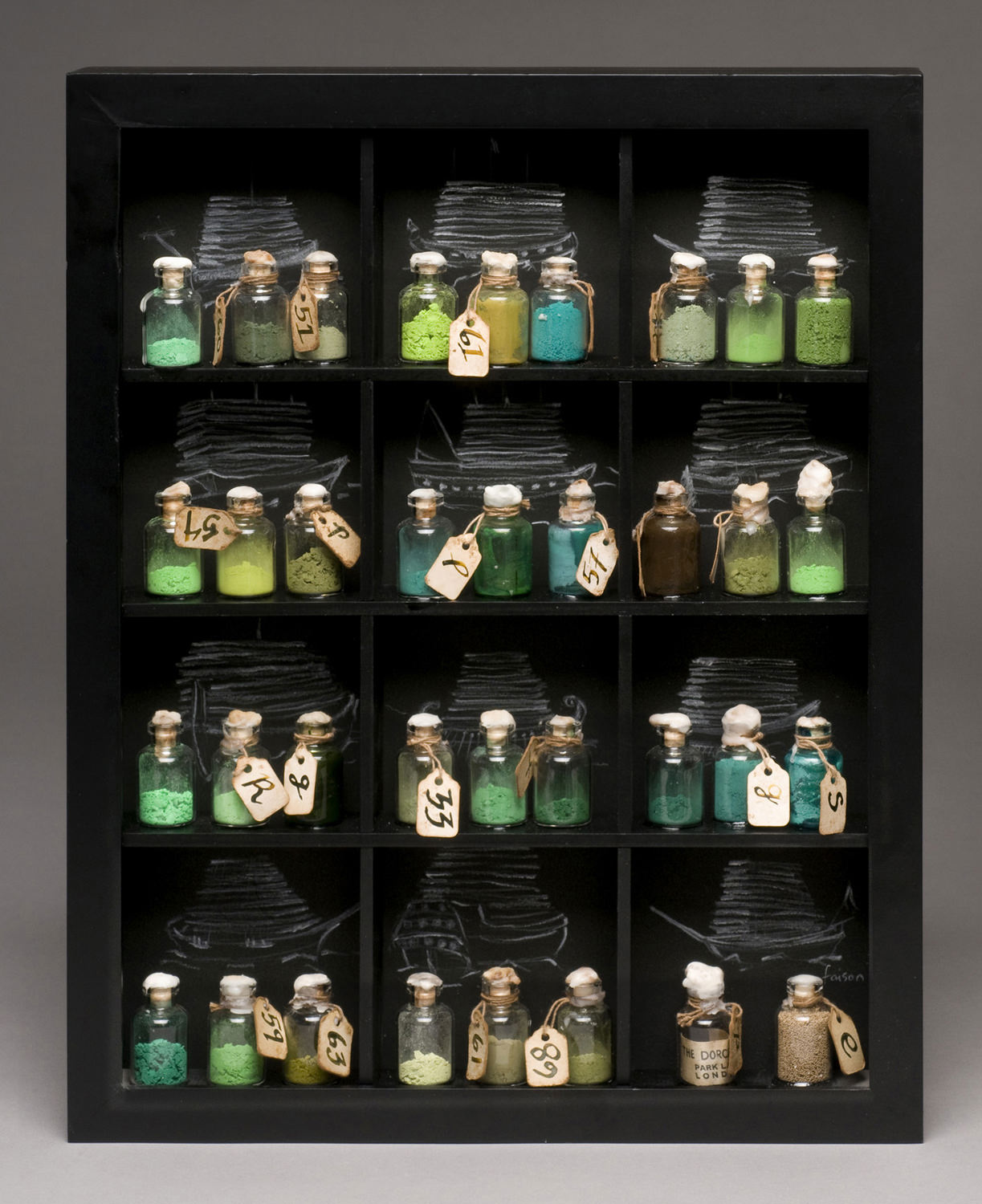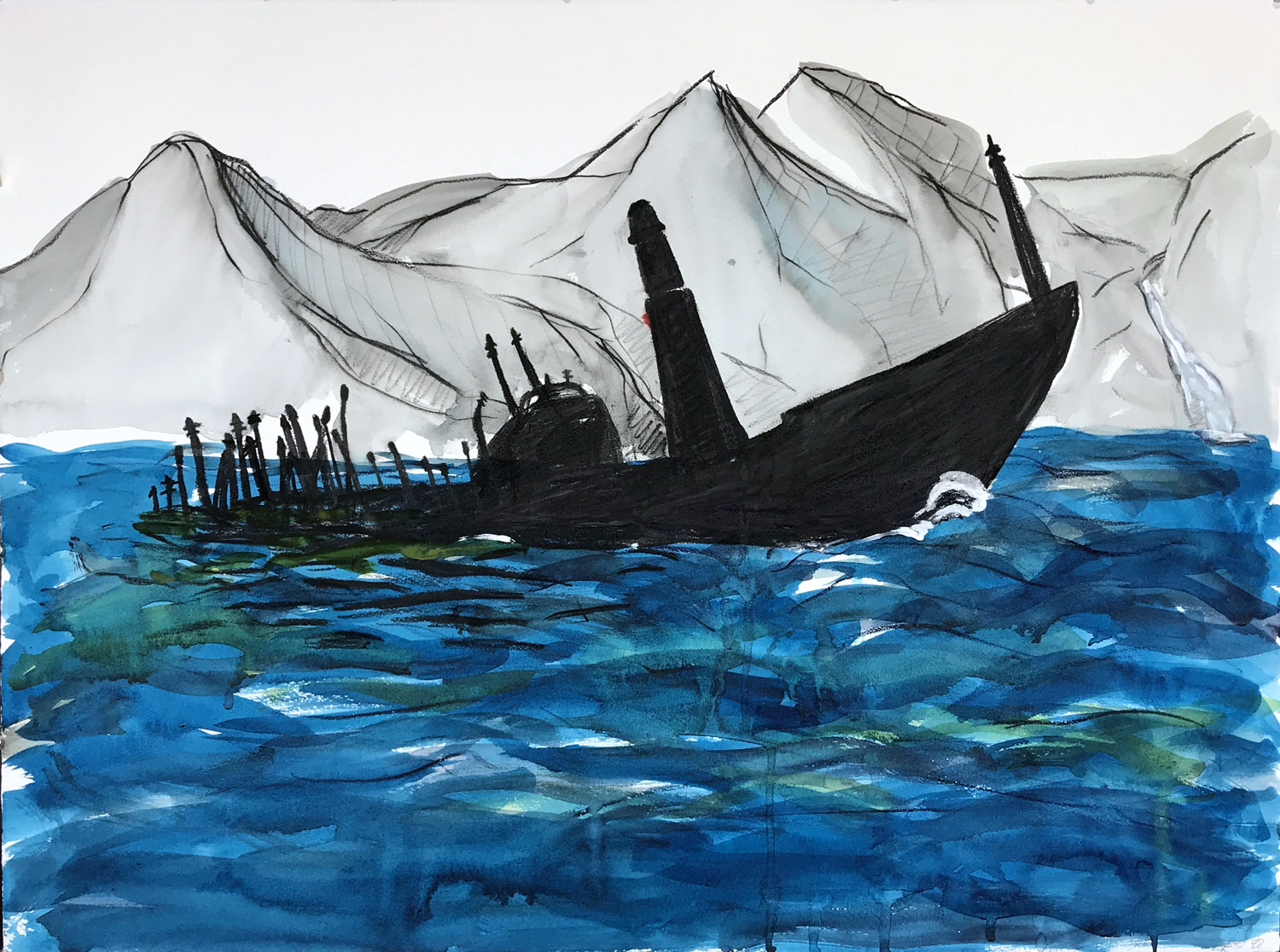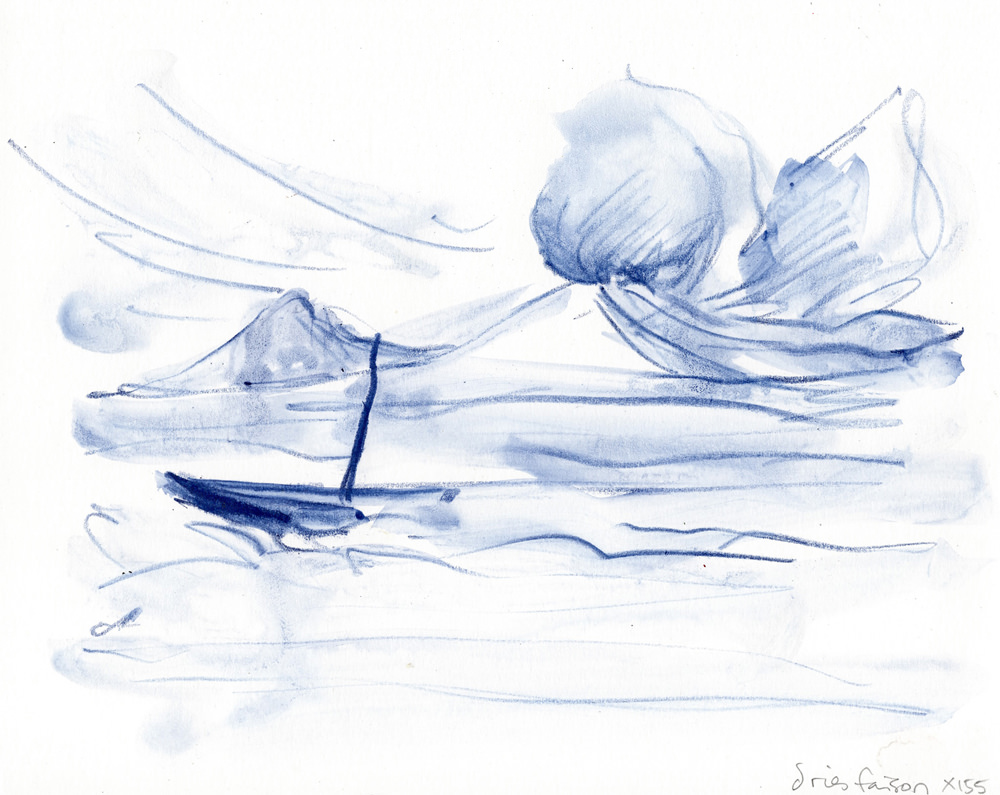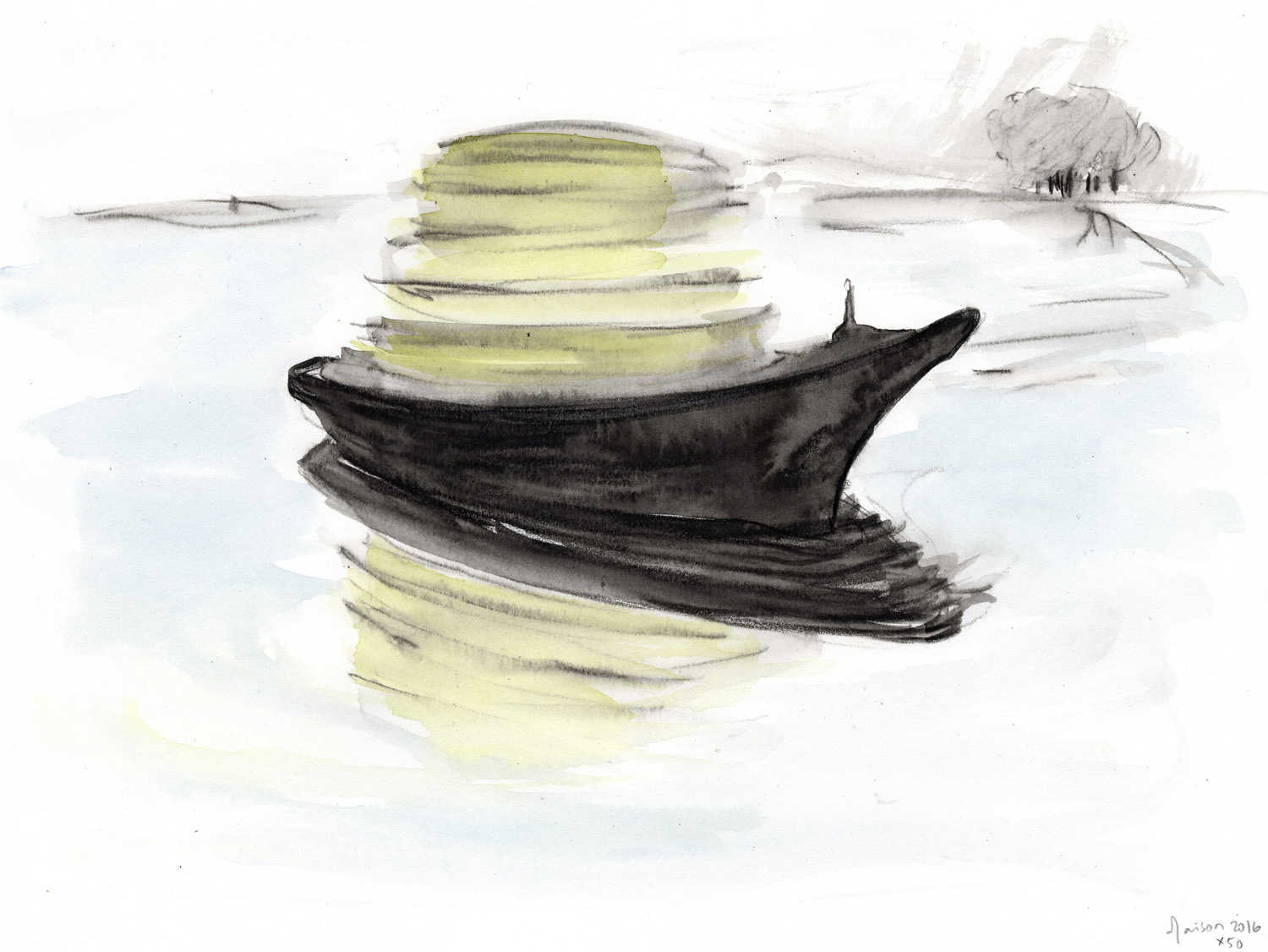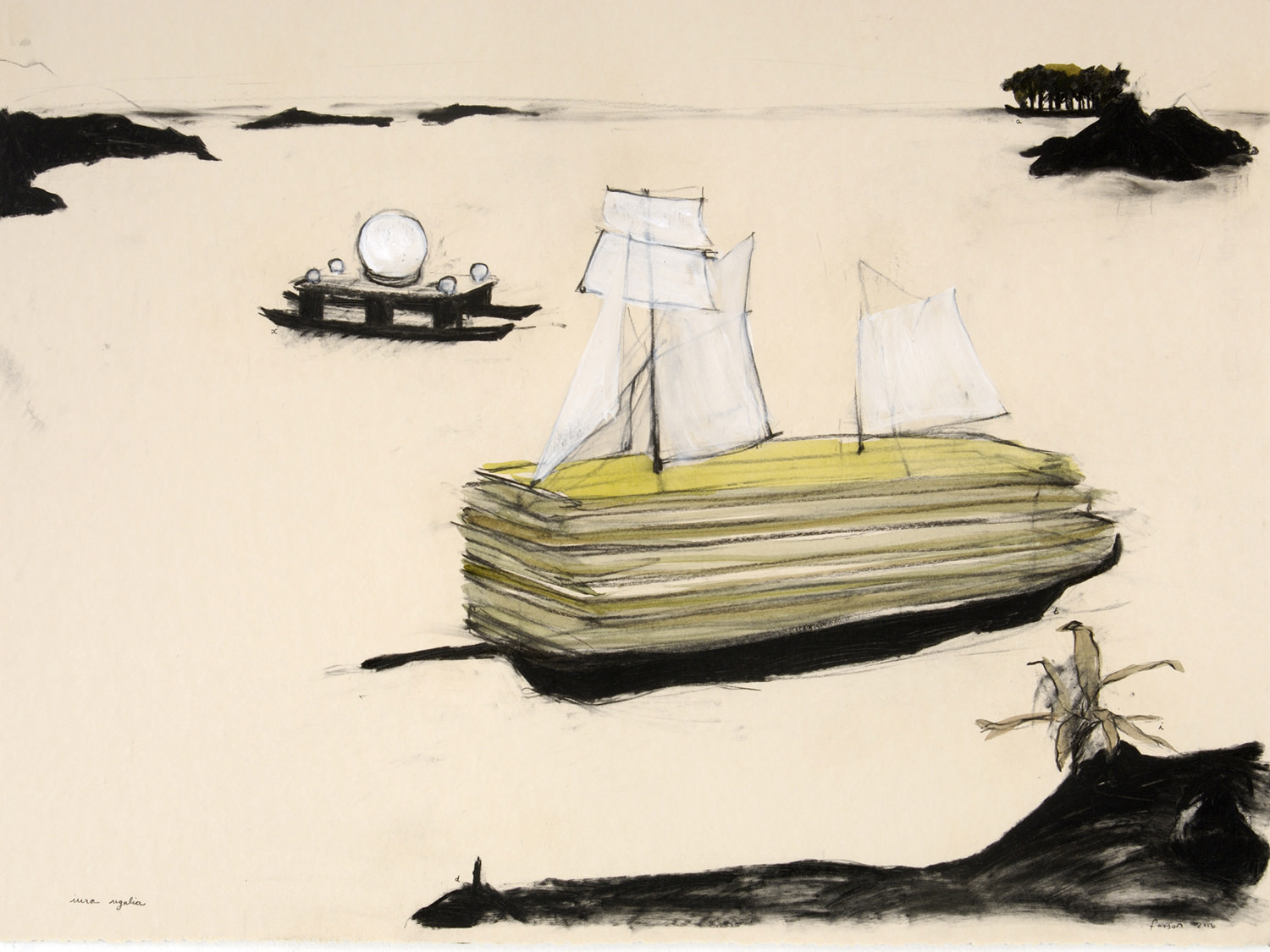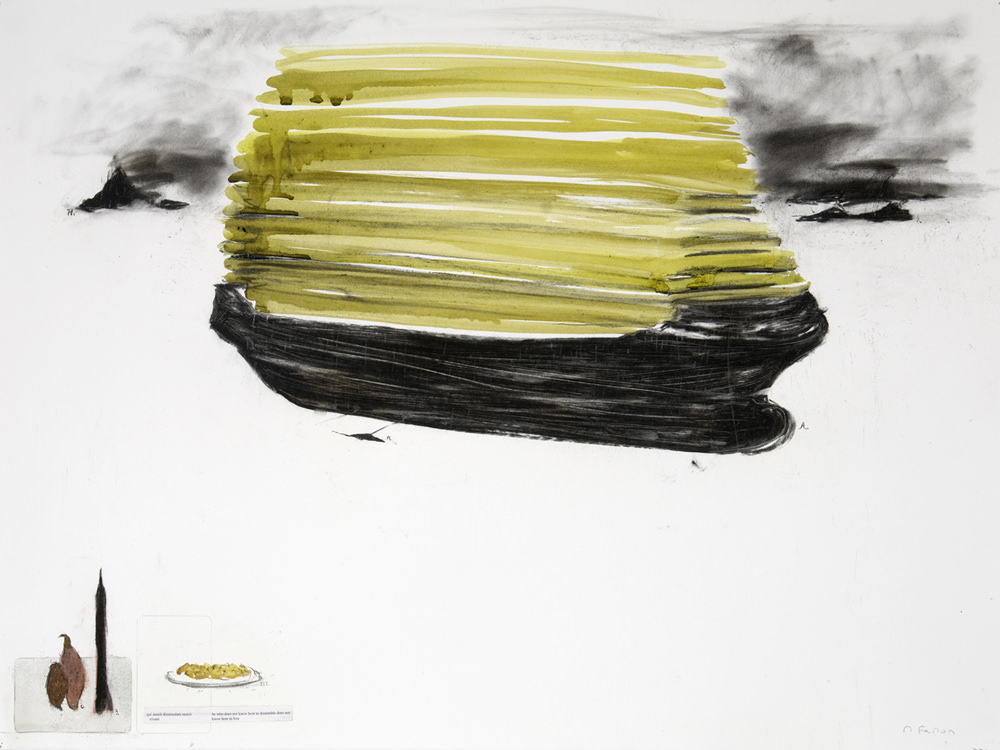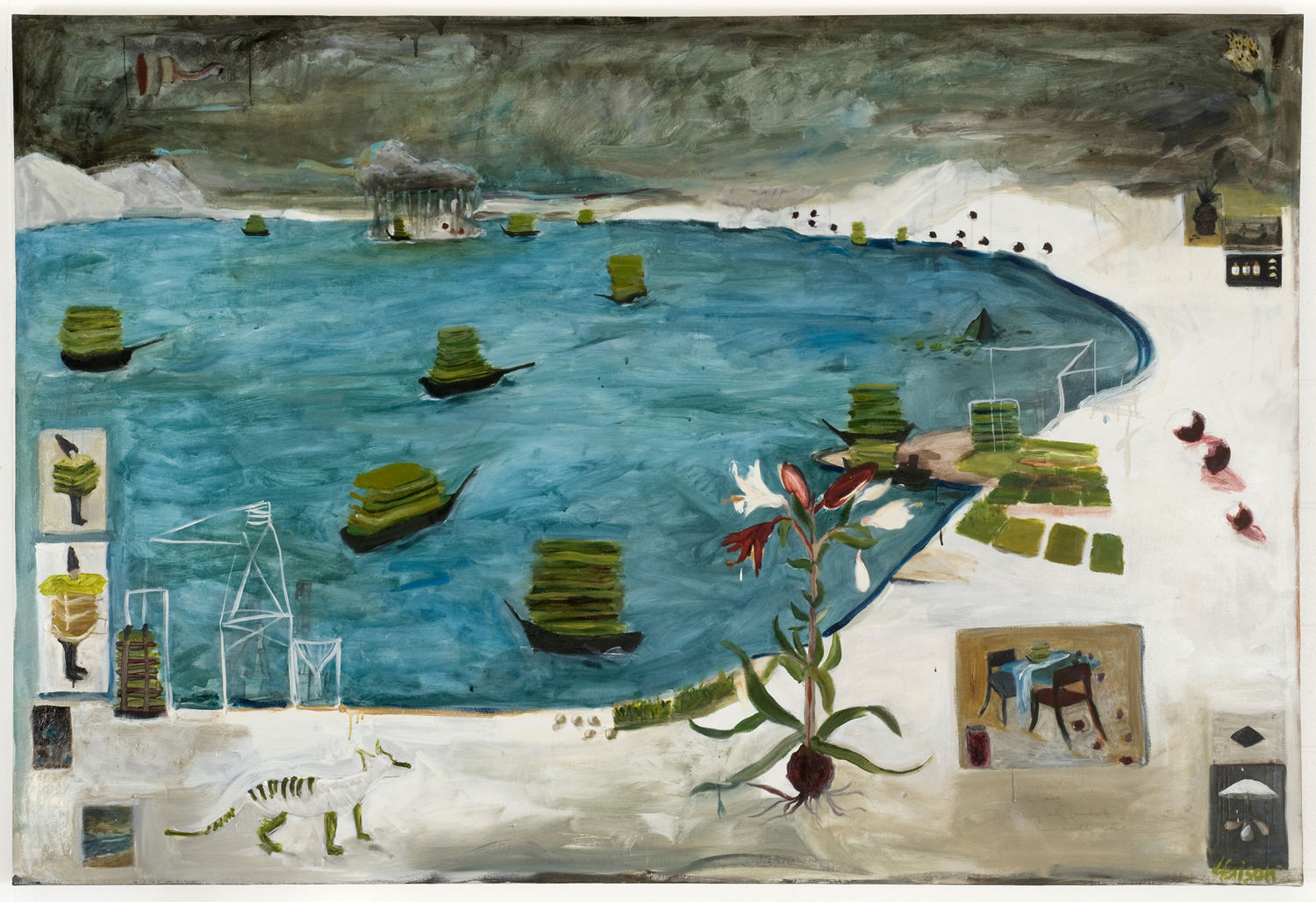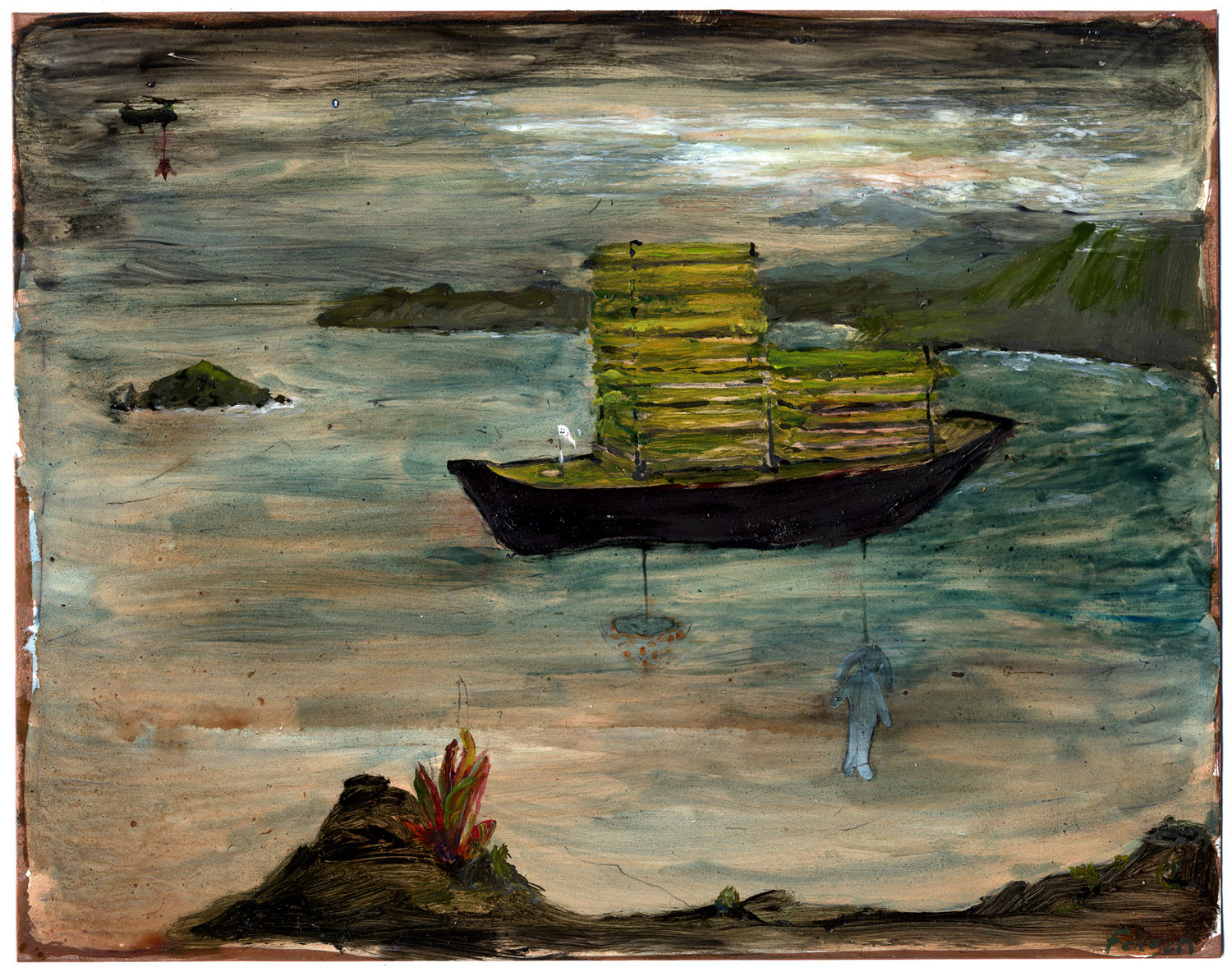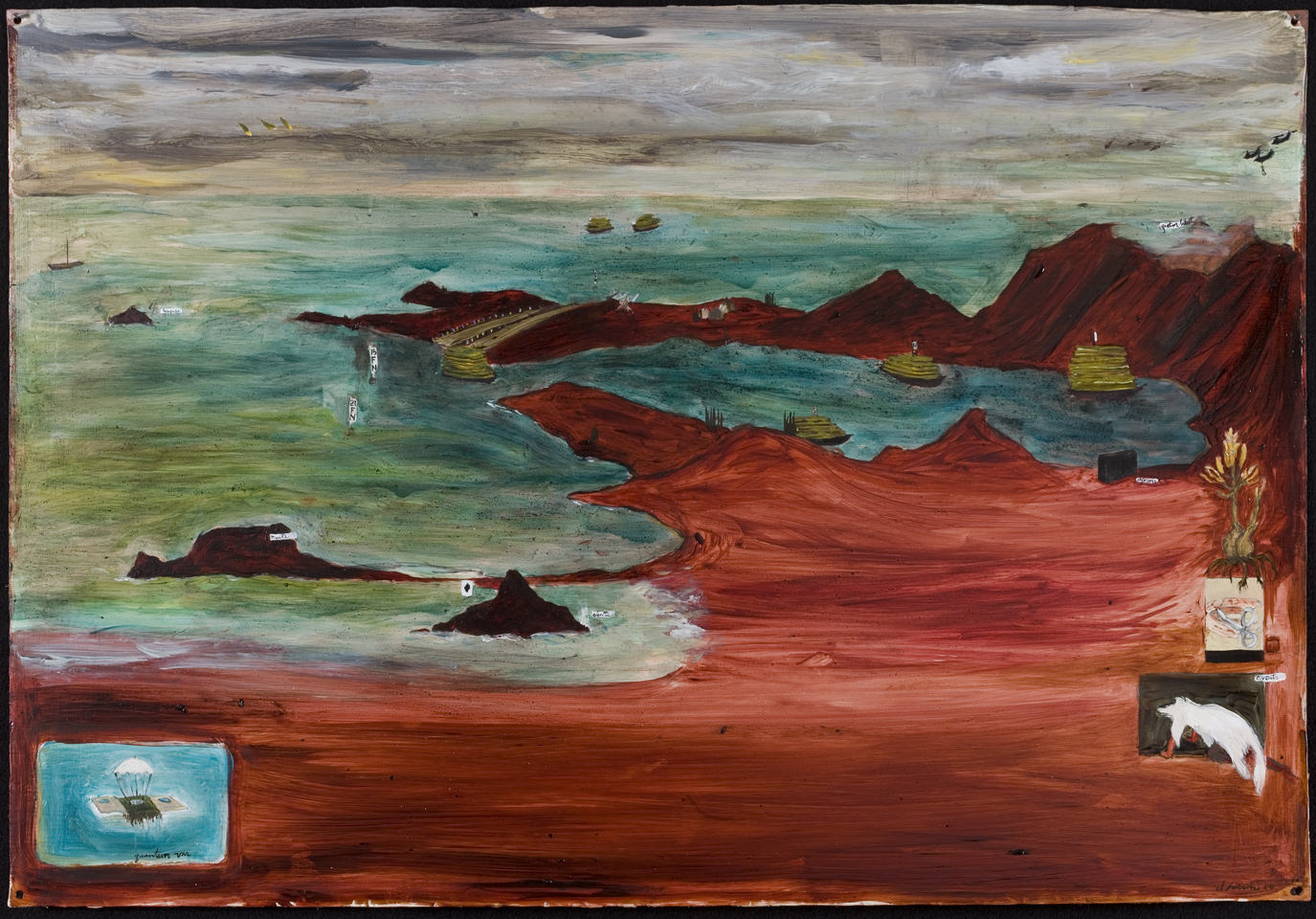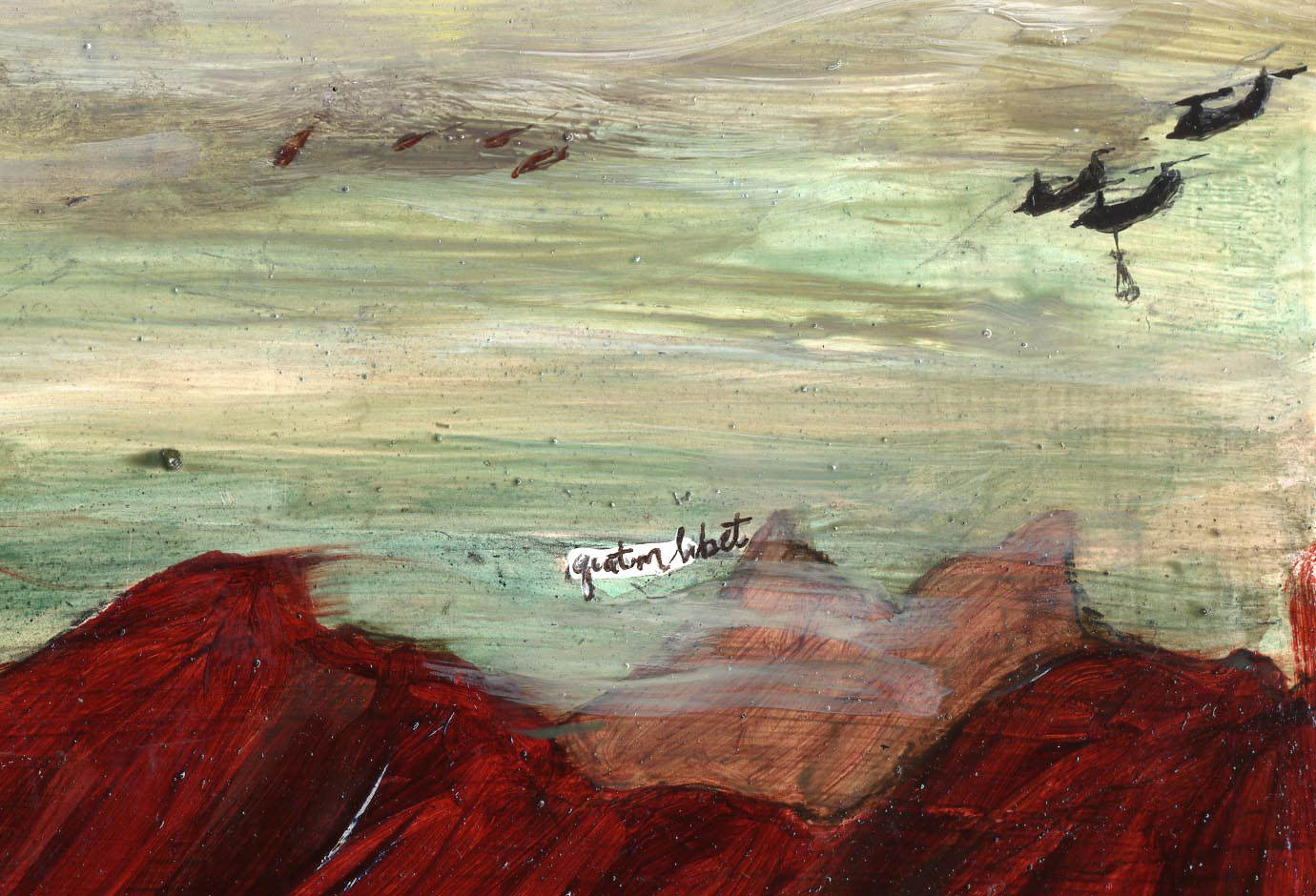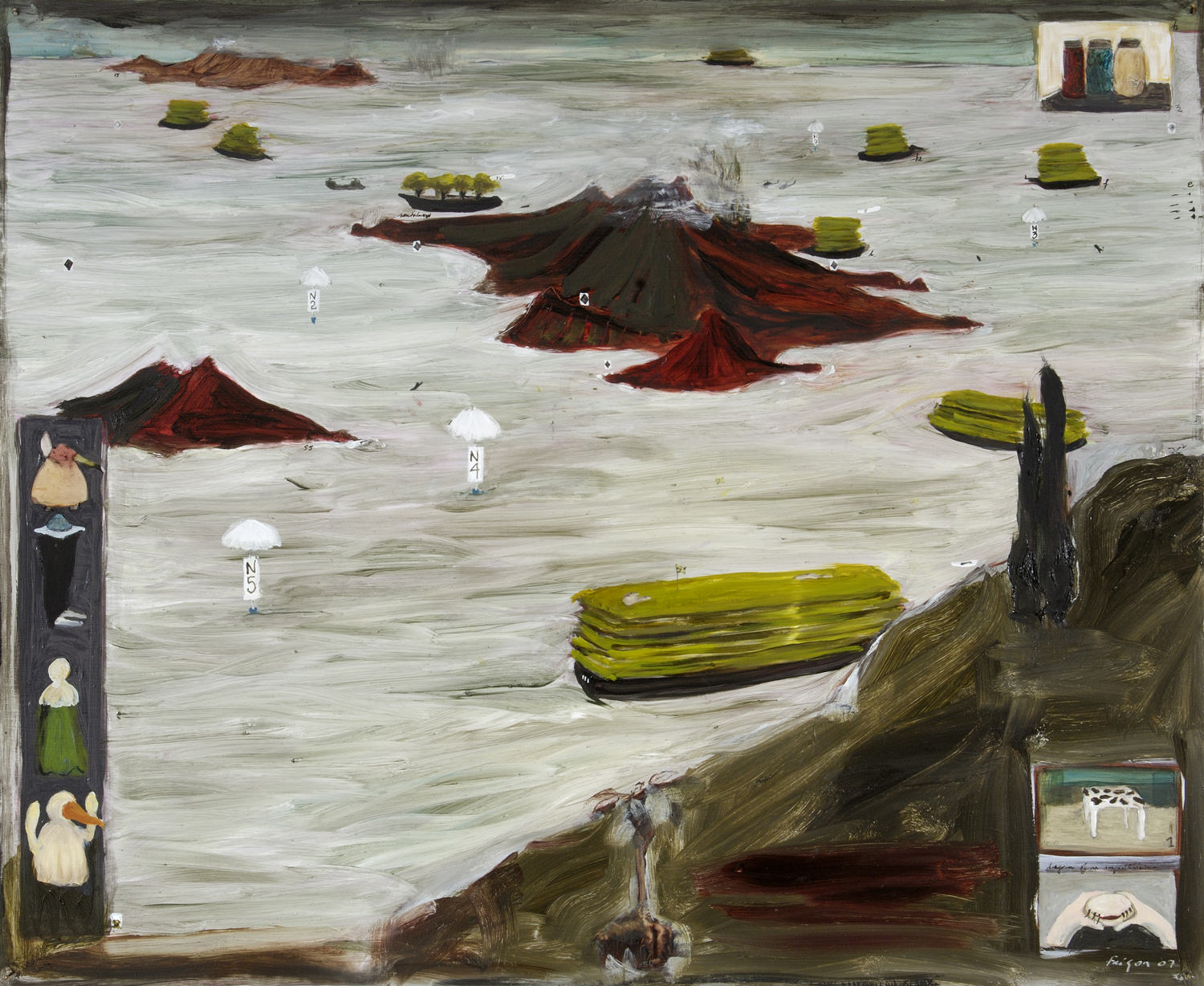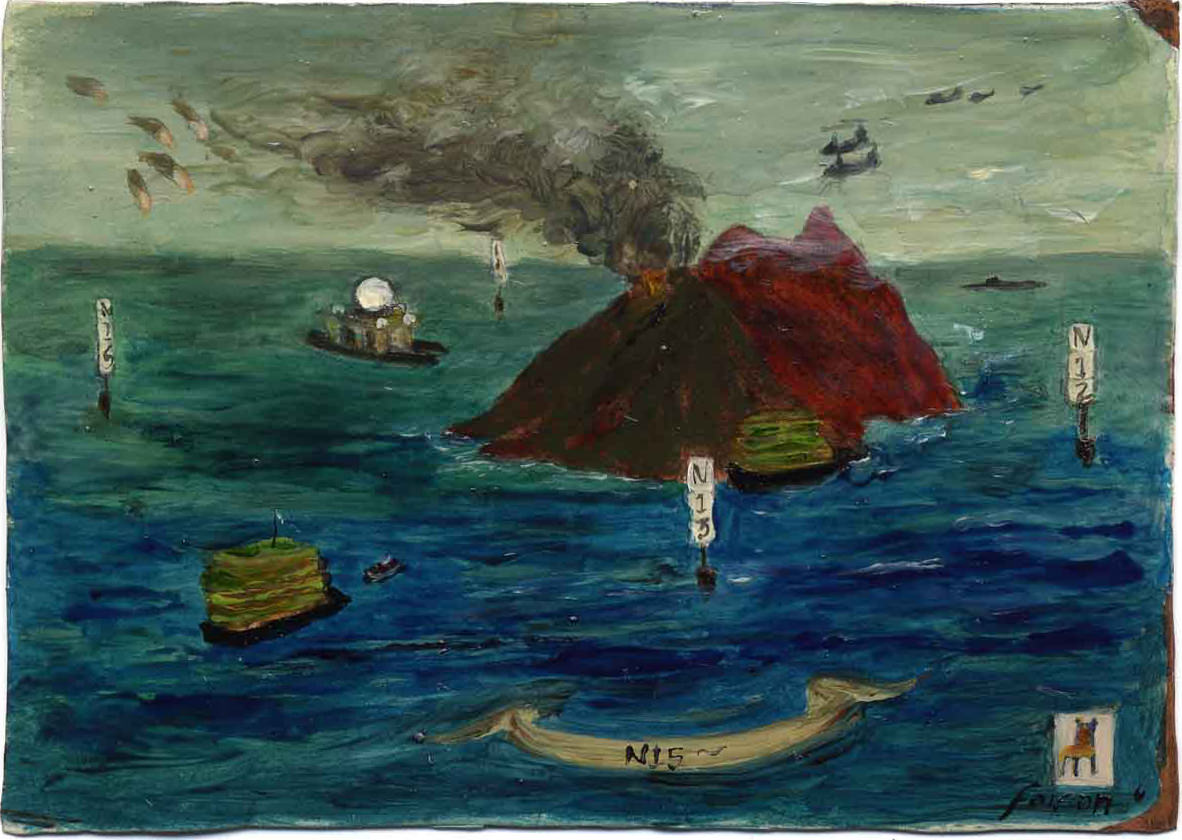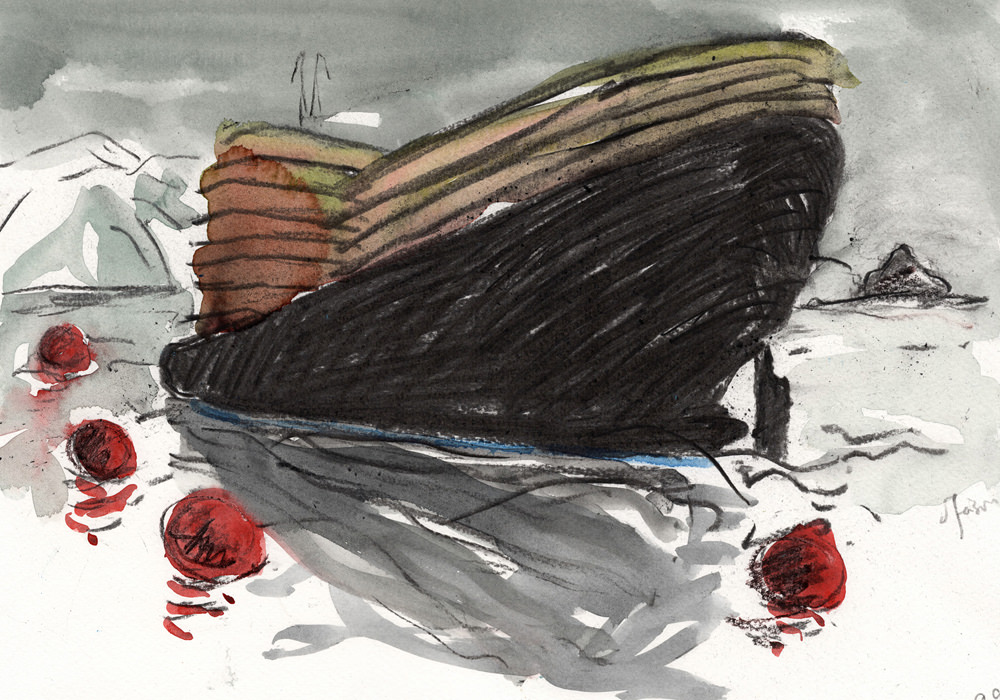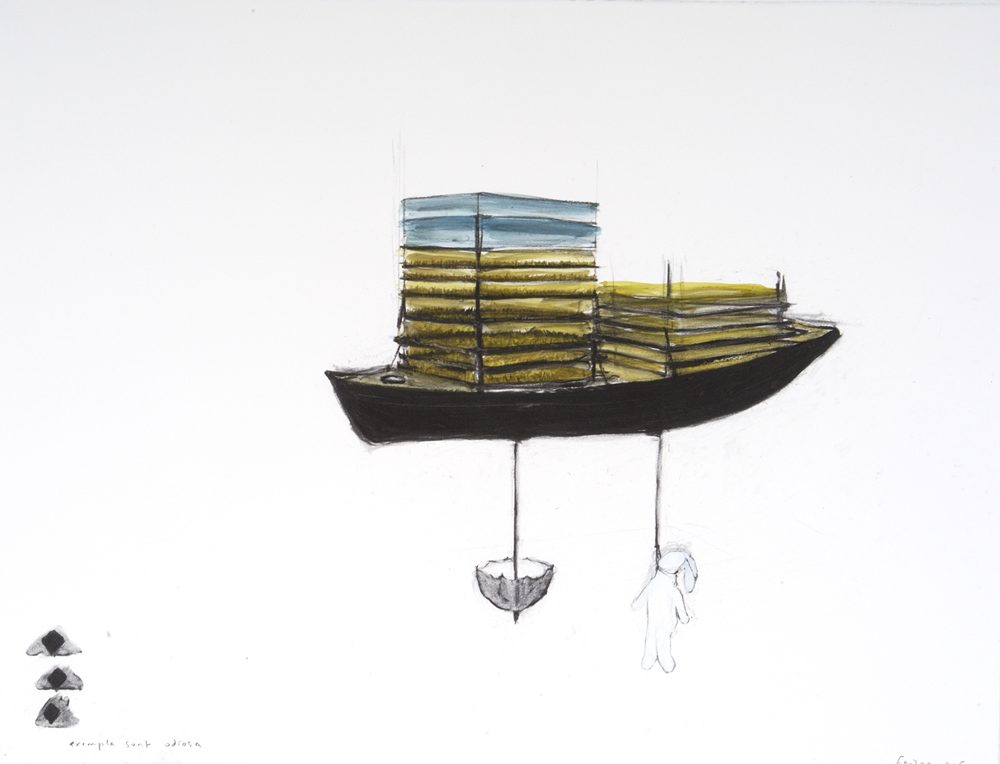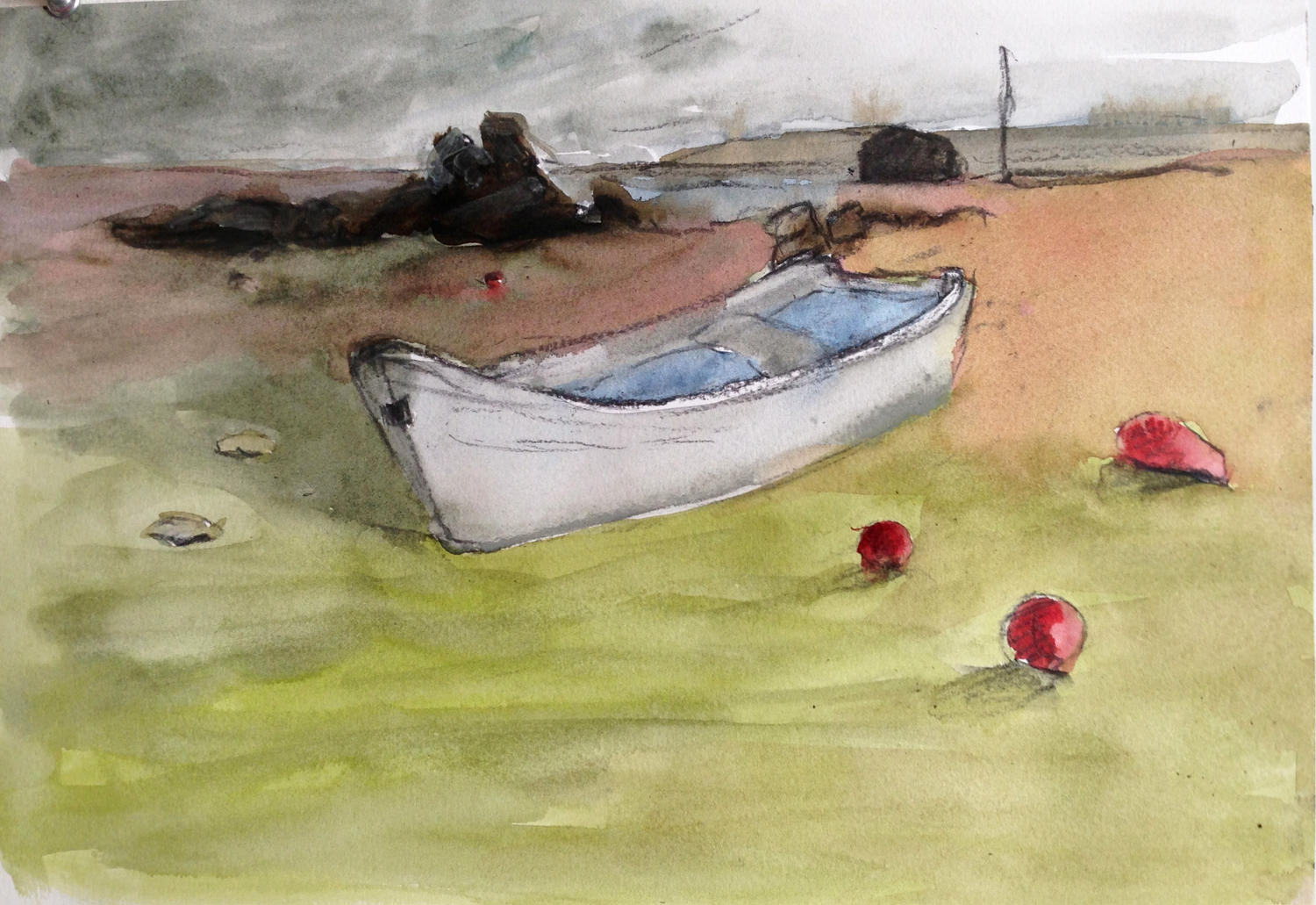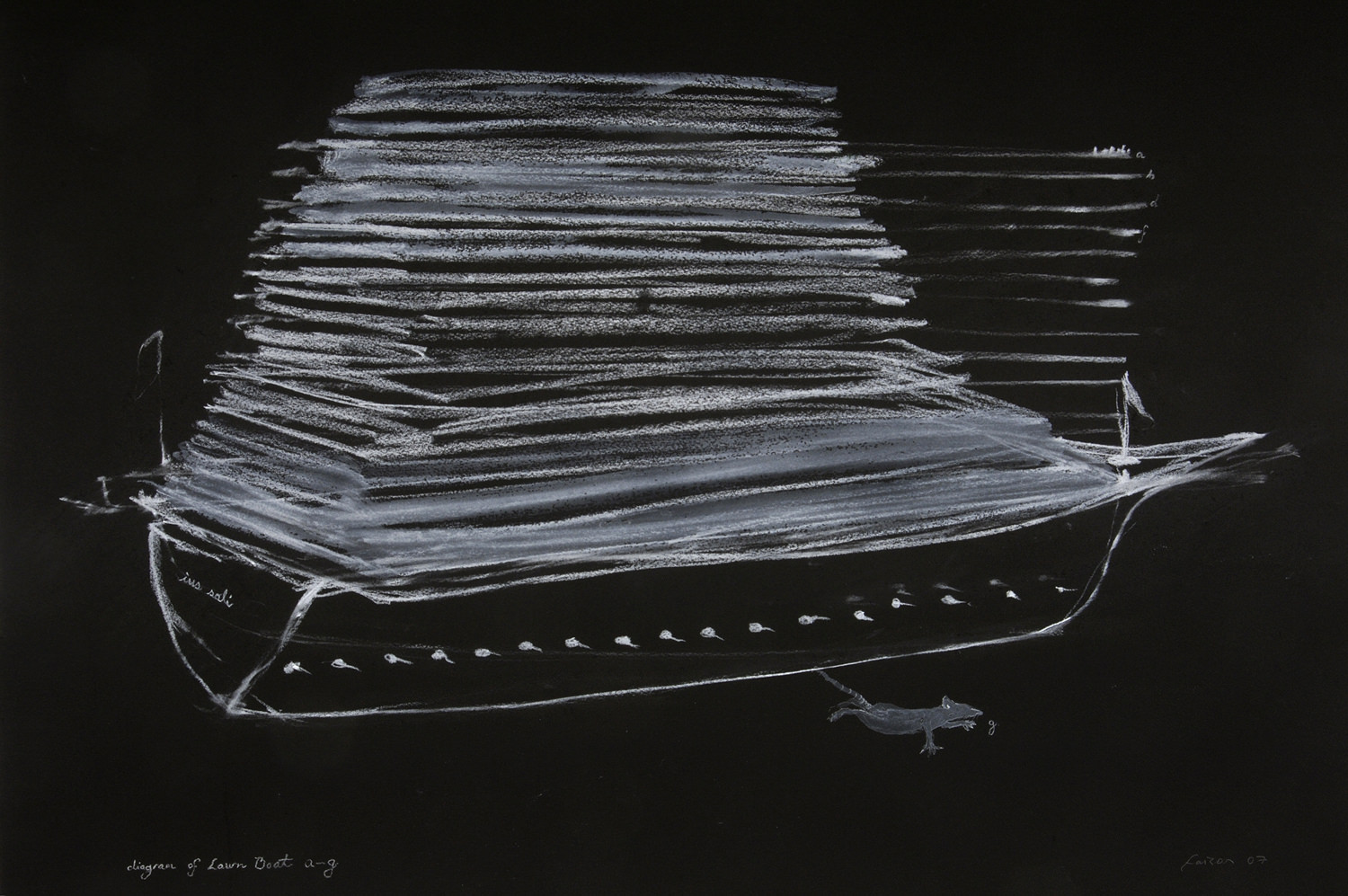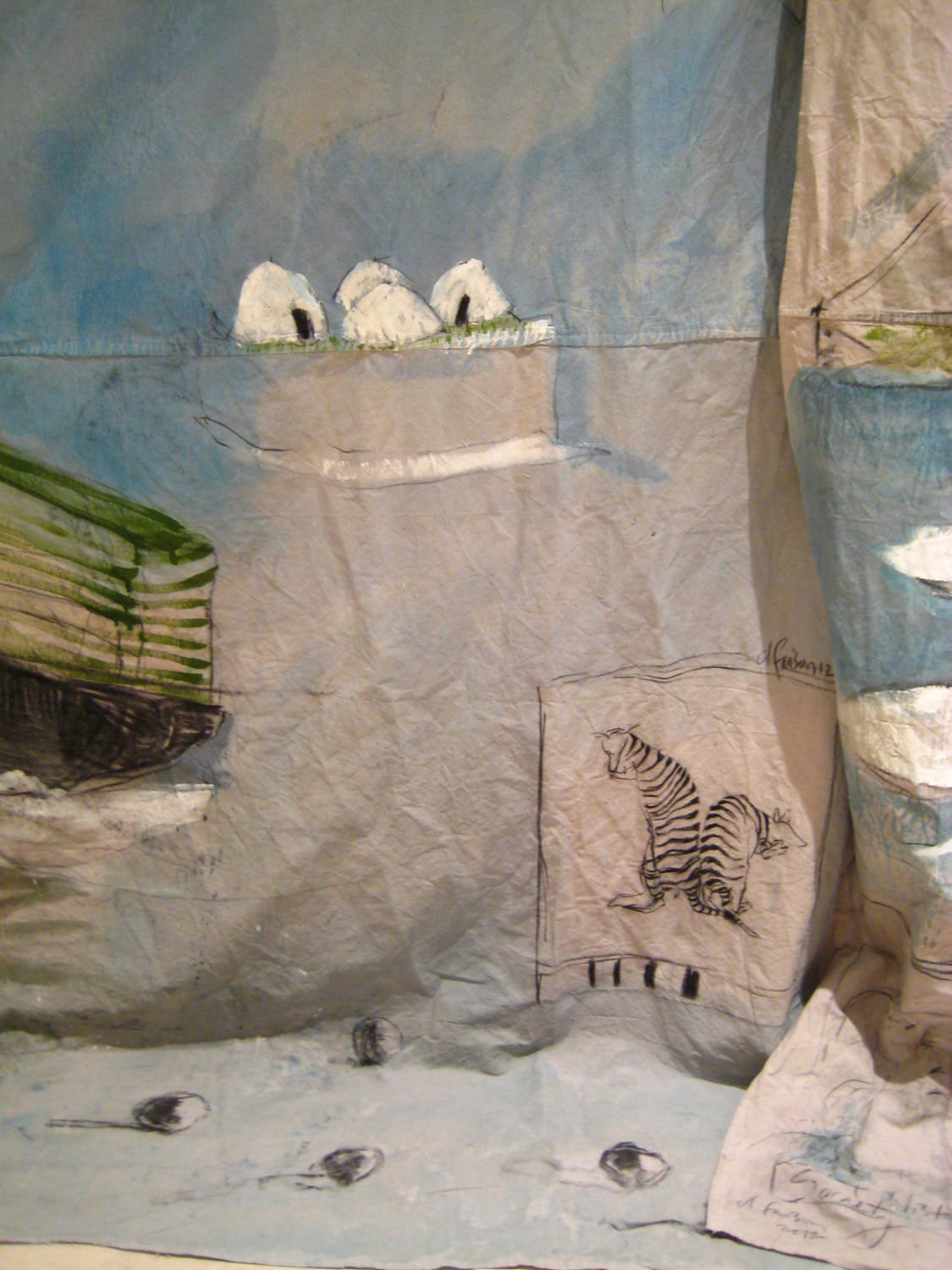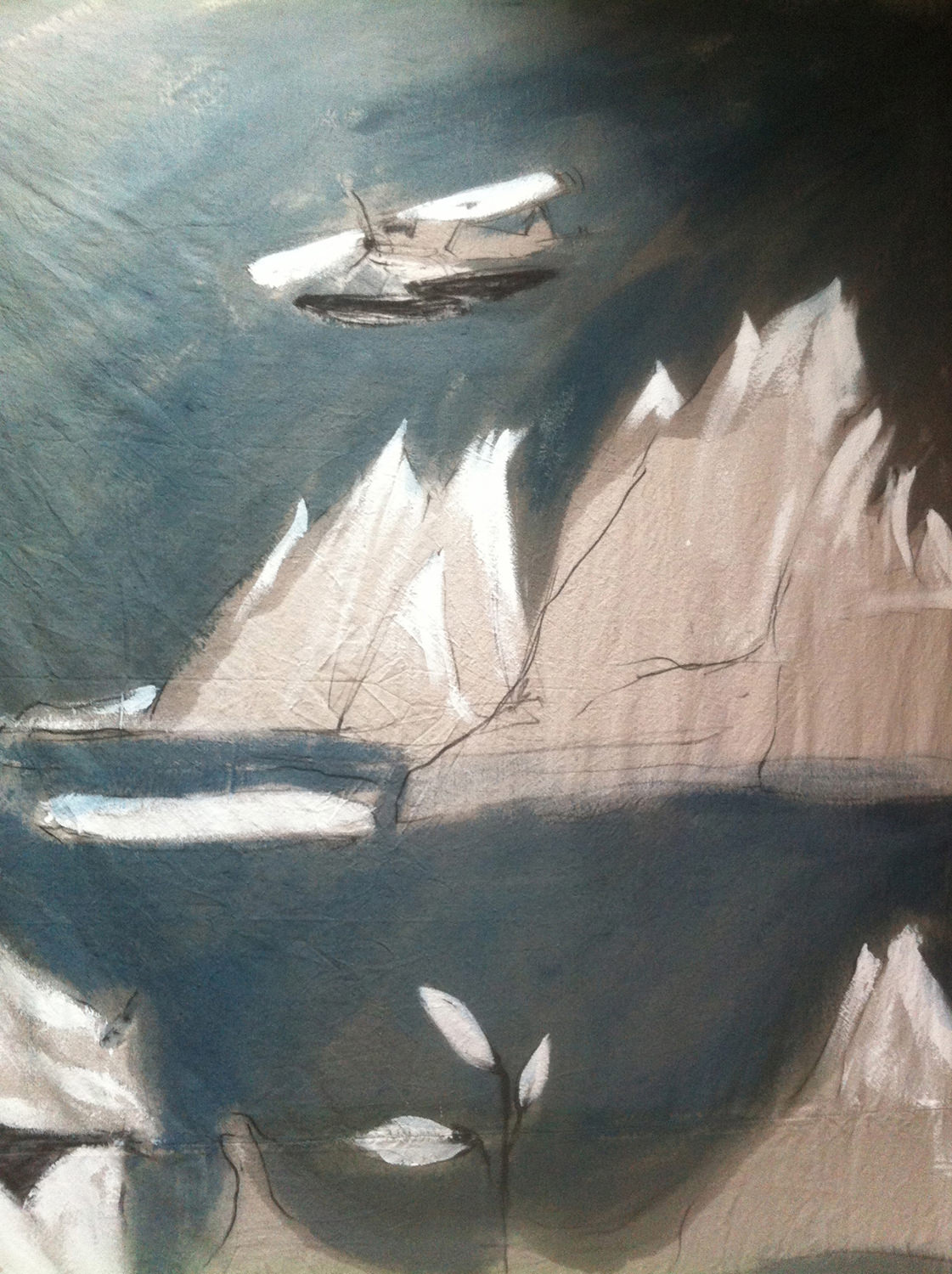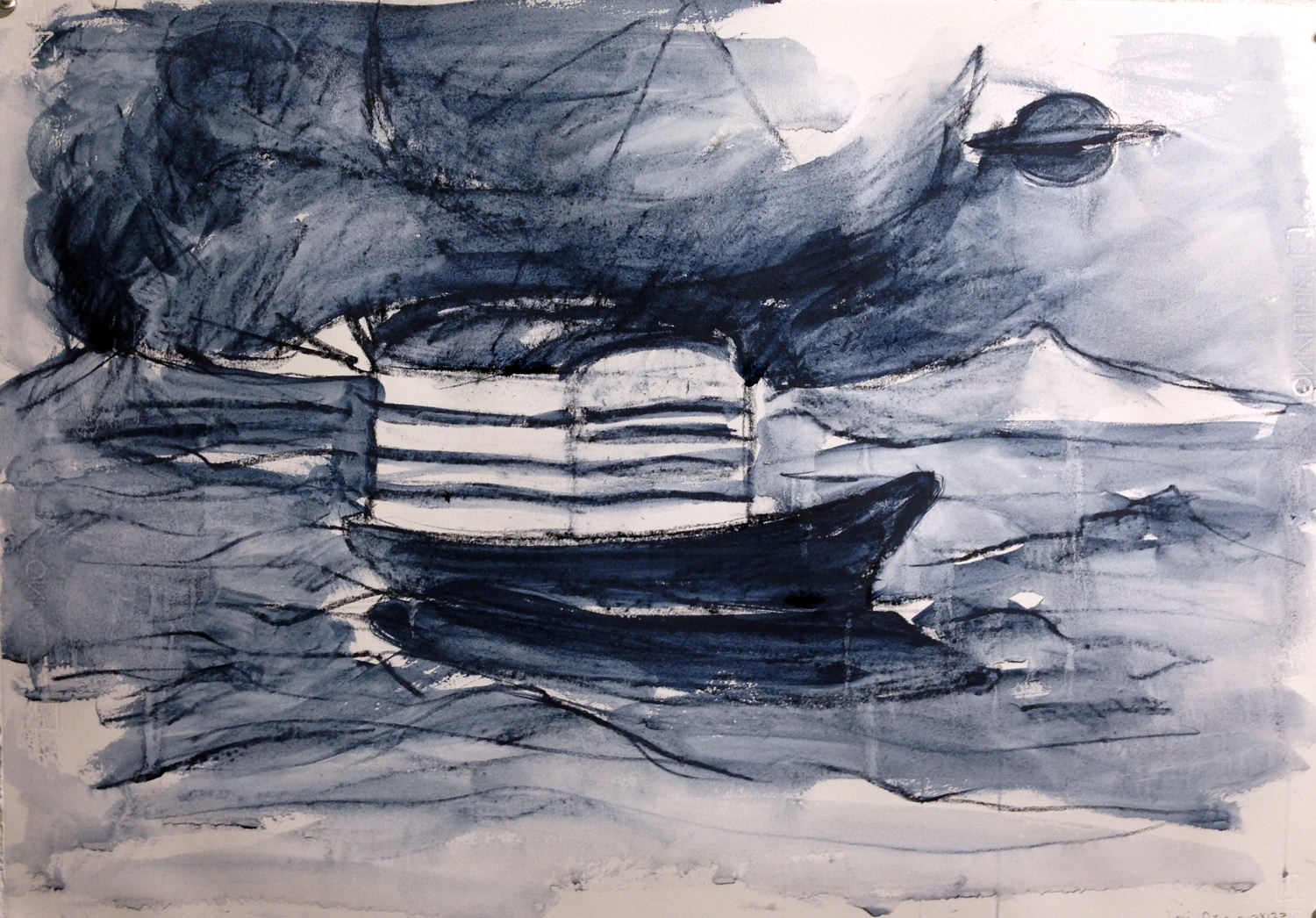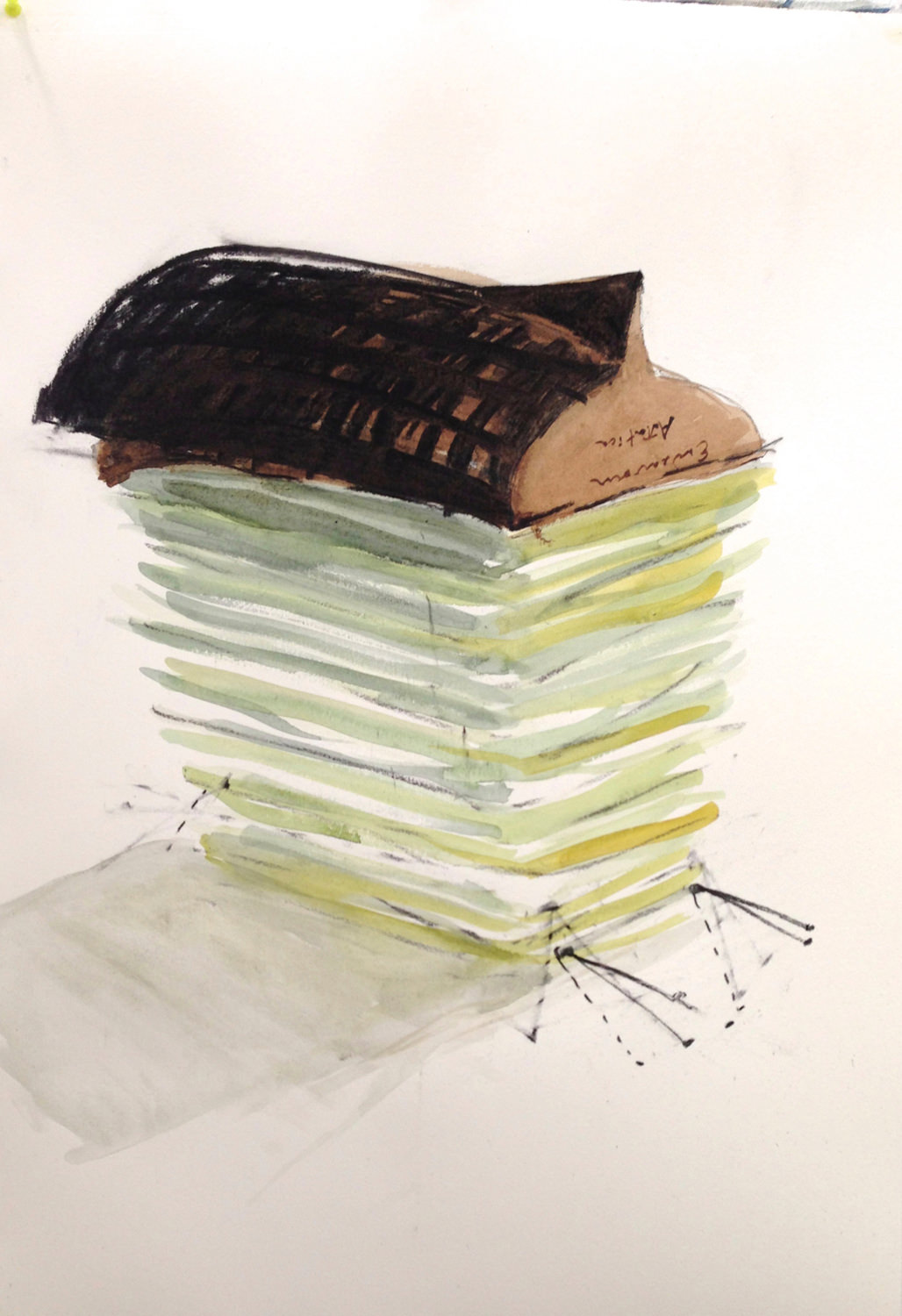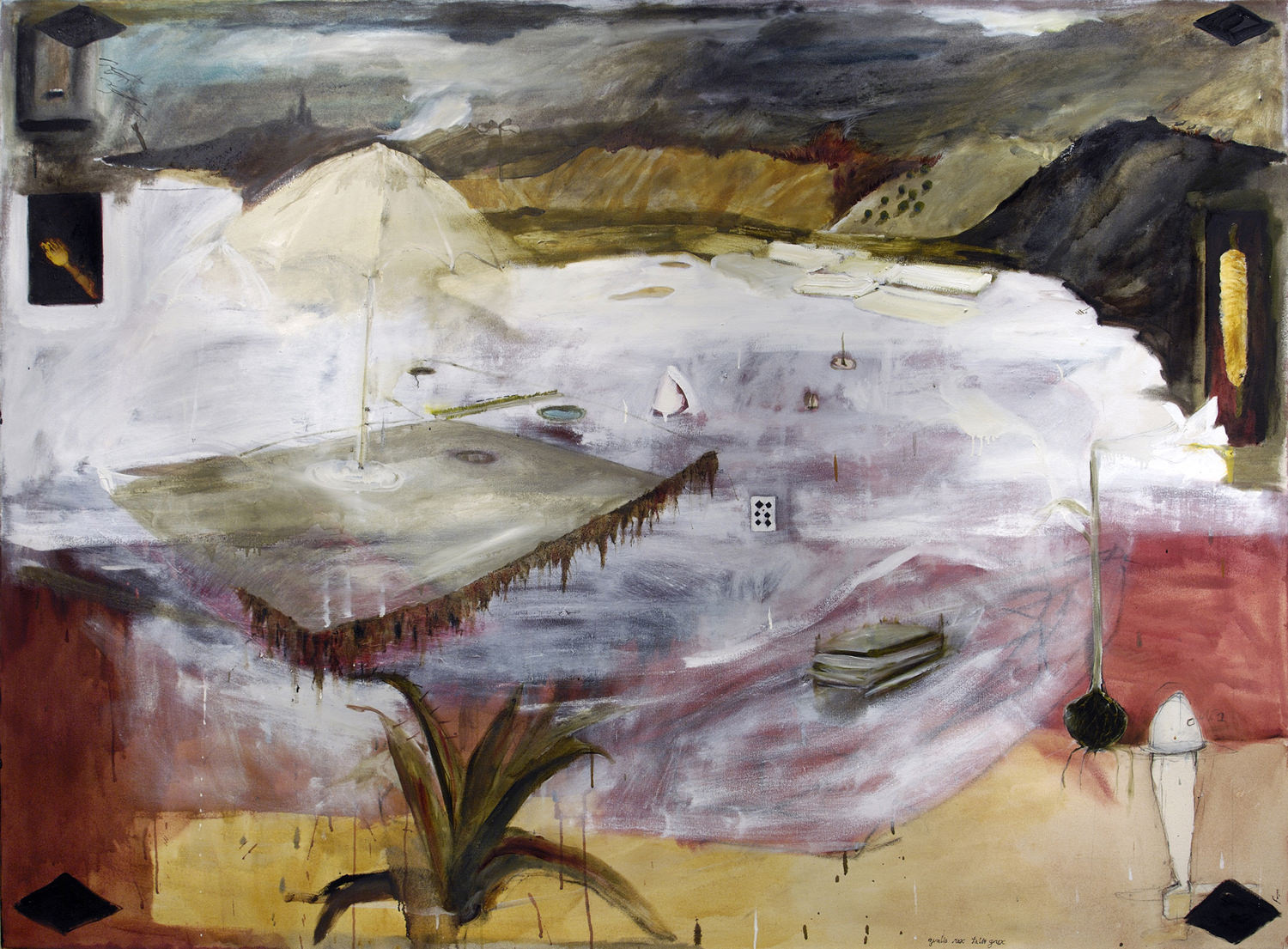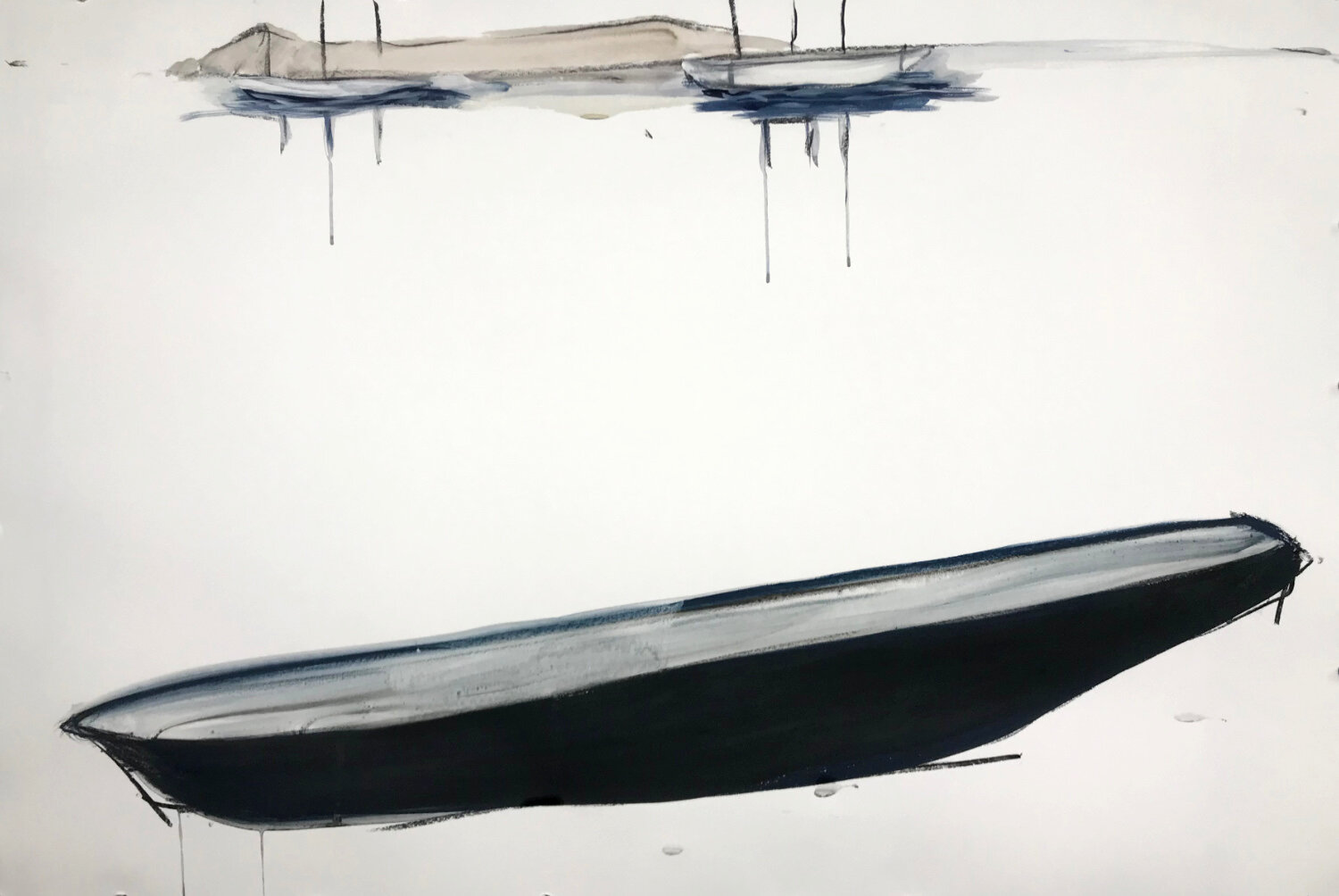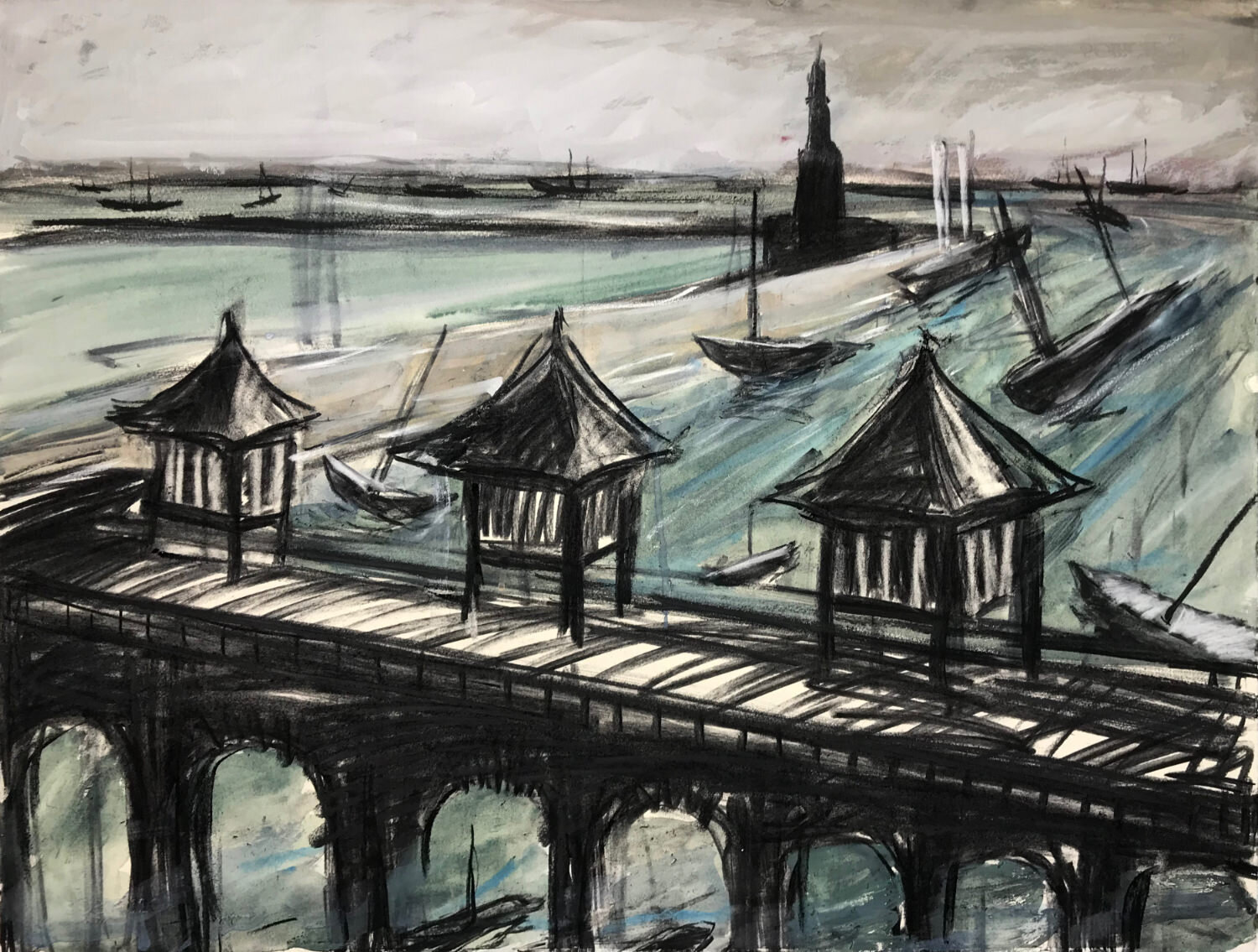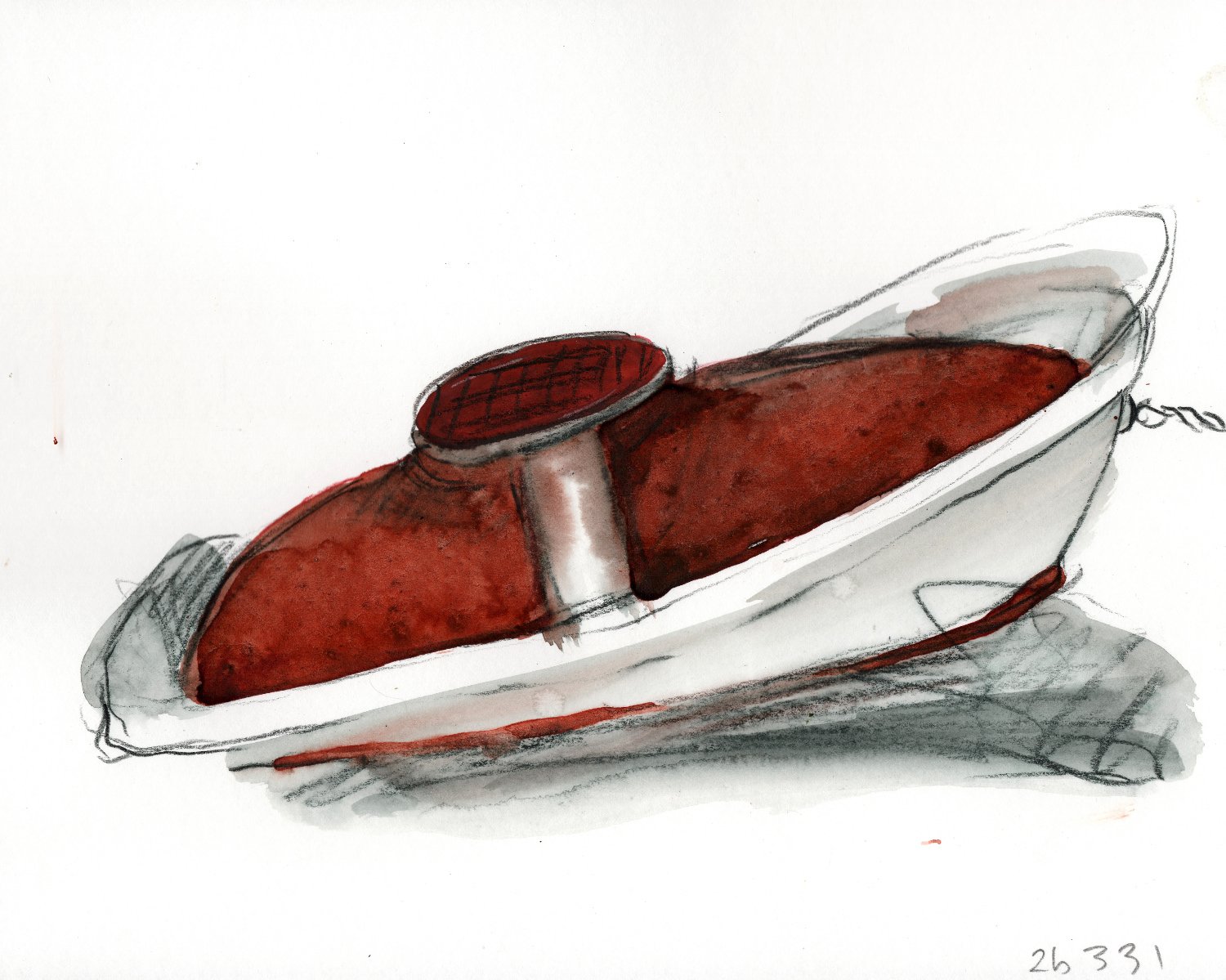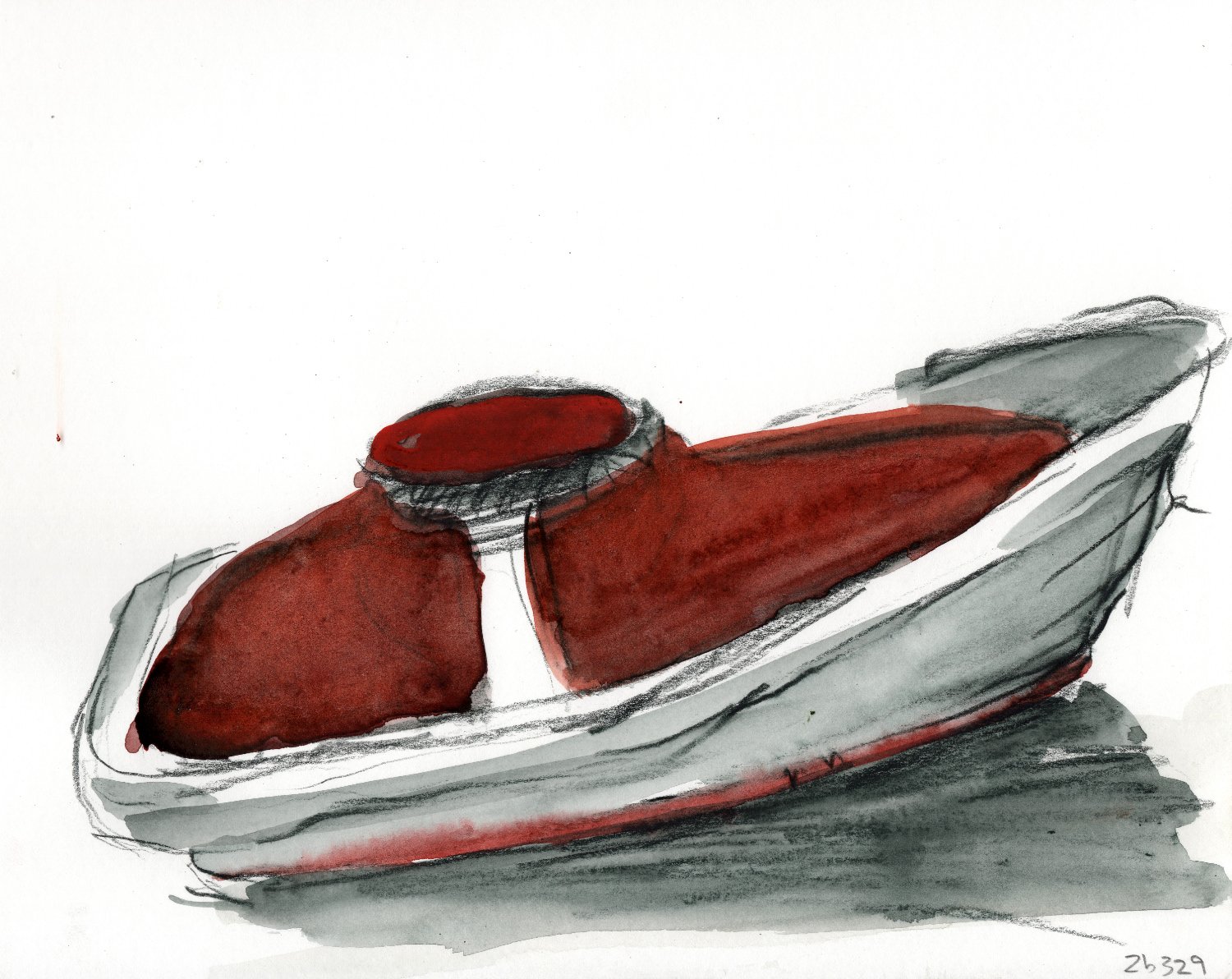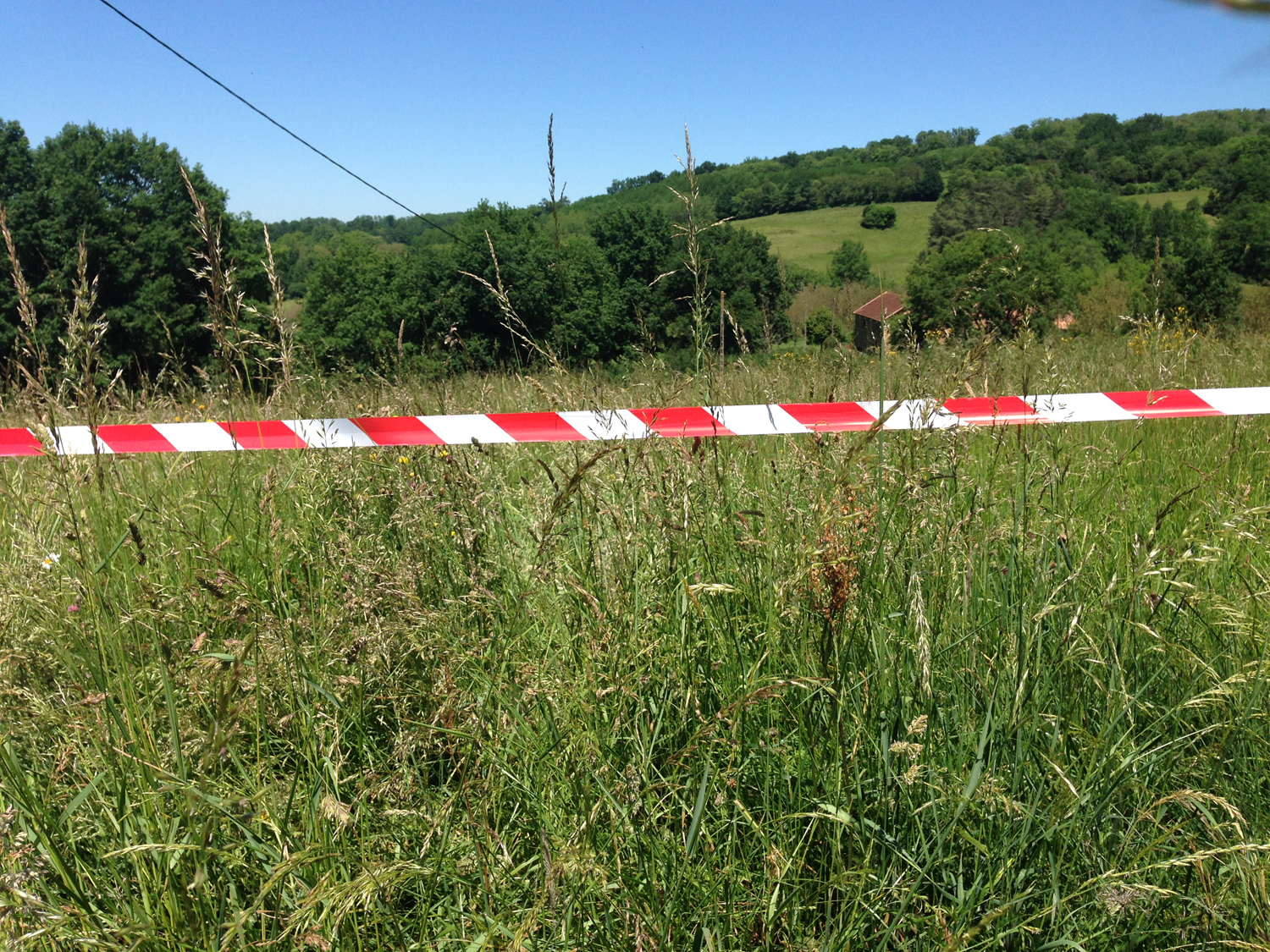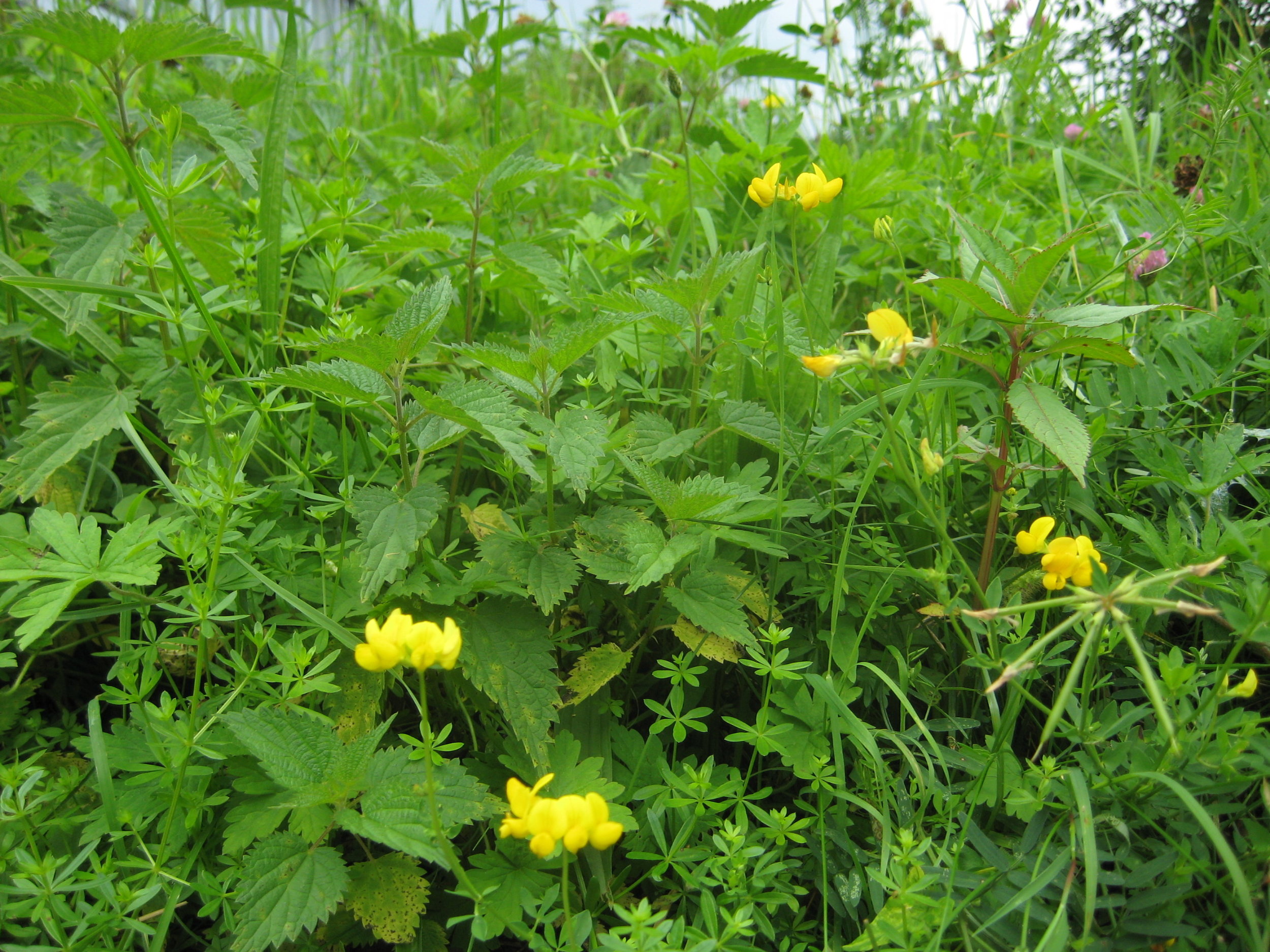Chronicles from The Lawnboat Historical Society
A repository and clearinghouse for all known drawings, stories and rare footage on the histories of the lawnboat. The Lawnboat was the primary source of spreading lawns from their native habitats to the landscapes of the civilized and newly civilized worlds. Lawns have historically played an important role in defining nature in the shape of man. This is a growing field due to new and continuing research excavations. If you have access to oral histories or documents, please contact the archivist at lawnboats@gmail.com.
“Imagination is more important than knowledge. For while knowledge defines all we currently know and understand, imagination points to all we might yet discover and create.”
The role of Hawaiian Sandalwood in the Lawnboat Trade
The discovery of varieties of sandalwood unique to each island in what is now known as the U.S. State of Hawaii, greatly improved the feasibility for importing lawns and exporting sandalwood. Ships no longer had to leave the island empty to sail across the Pacific in search of more lawns. The grasses popular for lawns in those days did not grow in Hawaii, nor were they especially suited to the tropical climate. There still is no grass variety except a native prickly grass which does not mow well and is incompatible with the important sport of golf.
Sandalwood was collected in the mountains of the islands by common folk who in service to their King, spent a better part of a seasoncutting and bundling their sandalwood. (see illustration below for a bundle very much like what would have been carried by one man and referred to as a piku. Holes in the ground the size of ships holes enabled careful measurement to fill the lawnboats so not an inch would be wasted.
Artists traveling with the ships began to record these pikus as border illustrations in their works to capture the time. In current time these piku are no longer available in the islands and so wood cut elsewhere is carried by trains.
The sandalwood trade was recorded in scrimshaw (bone, often whale but also elephant tusk) diagrams of the different lawnboats in the trade at the time. The lawnboat research team is currently following leads to some examples of this important historical documentation.
REferences to the lawnboats in religious texts
“And all flesh died that moved upon the earth, birds, cattle, beasts, all swarming creatures that swarm upon the earth, and every man; everything on the dry land in whose nostrils was the breath of life died. He blotted out every living thing that was upon the face of the ground, man and animals and creeping things and birds of the air; they were blotted out from the earth. (Genesis 7:16-24 RSV)”
The Hebrews are not known for their lawnboat voyages despite the wide coastline of Israel and their agricultural tendencies. There are some documents that suggest the references to the ‘burning bush” contained translation errors that the work of preeminent scholar Soloman of Hebrewborn proposed in 1832. In his treatise on the translation errors contained in the popularized version of the Bible, he noted that word for bush is very close to ‘grass stacked neatly for travel’ and was most likely an early term for lawns ready for shipment. This indicates that the spontaneous burning bush may in fact have been a stack of lawns. It is not clear if the burning impacted the lawnboats commerce in a negative (sign of God) or positive (sign of God) way.
In Acts 27:16,30,32 there are references to a skaphe or small boat that was probably designed to carry large flats of grass. In these passages it refers to the boat that delivered Paul to Rome. It is not clear that there were also lawns included in the delivery.
In Corinthian 11:25 Paul writes of tragic shipwrecks where lawns were undoubtedly lost at sea. He says he spent, “night and a day in the deep” while on his voyages. References to sacred history in the Christian Bible regarding lawnboats are not to be confused with “The Bible Boat”. This boat contained animated puppets in a large studio and never was used to transport or to deliver lawns.
Discovery of Katsushika Hokusai’s depiction of a lawnboat in the sea of Kazusa
An important discovery was made just a few days ago when our Primary Investigator (PI) studied Katsushika Hokusai’s woodblock prints from the mid Nineteenth Century at an exhibition of the Honolulu Museum of Art
The true meaning of his work “At Sea of Kazusa” (1830-1834) had until this recent study, been overlooked for its historical value to the lawnboat chronicles. Until this work’s true meaning was decoded, scholars believed the boat to be carrying agricultural cargo. Little was known about the impact of lawn importation in sheltered Japan before this discovery. Unfortunately the texts do not elaborate on the final destination of the lawn cargo but gives the researcher a fine view of a contemporary (to the time) Japanese wooden lawnboat.
The rush to plant lawns in the Arctic
There have been a number of Arctic expeditions who sole purpose was to deliver lawns. The Arctic is one of the last places left uncovered by lawns. Lawnboats with special ice breaking capabilities led the project to lay green to the white expanse. The warming of the Arctic has been a boon to such efforts. Climate change is considered by lawn enthusiasts to be one of the benefits of melting glaciers.
The green lawn is still considered a great luxury and symbol of vast wealth in the highest latitudes and colatitudes. Those of lesser wealth have attempted to mimic the great lawn by substituting artificial turf. This effort has not been welcomed by the Great Lawn Society of the Arctic (GLSA) as it does not adequately symbolize the waste and carbon emissions that a true lawn bestows upon its environment.
The Lawn Ice Demonstration Project, Arctic Sub-chapter (LIDPAS) was an early effort to colonize the ends of the Earth. (The Antarctica sub-chapter is referred to by its acronym LID-PANTS.) This scientific demonstration project chose the adoption rate of lawns as its outcome measure. (Hectares of lawn cultivated divided by hectares of arable ice) The consultants chose a project name—Lawn Ice (LICE) and identified several factors that could predict the project’s success and measure its expansion potential. The consulting firm (Carbon Green & Company) has advised other leading project teams on issues of strategy, organization, technology and operations.
Artists were invited to illustrate the austere environment where LICE was first located. These artworks were then used in PowerPoint decks to drive fundraising efforts for the lawn rollout.
Interest in expanding the project developed when Modernists extolled the beauty and contrast of the ice and fertile lawn. Articles have recently appeared in Dwell, Home, Great Lawns Journal, Nitrogen Inc., and several other design magazines focusing on the sharp contrast between the verdant lawns and the white ice silhouettes of the Arctic. The ice takes the concrete and lawn aesthetic frequently used by lawn architects in the lower latitudes and colatitudes to pure form. This has influenced other unlikely places— HawaiiHome Magazine featured the article The Ice look for the tropics in a recent issue.
Additional funding has sent optical scientists and artists to measure the exact green of the mature lawns when the Earth is at various points in its annual orbit. The International Chroma Standardization (ICS) Organization established the List of ICS Standards to accurately name the colors captured by the optical scientists and artists. New standard colors have been added to the official table including: Ice Decorators White, Polar Decorators Black, Midnight Sun mist and Aurora Borealis Night Yellow Green as illustrated above.
The secret mission to plant lawns on the moon and the plans to do the same on mars
Sources have revealed clandestine voyages to the Moon for the sole purpose of delivering lawns. Grass is not native to the Moon’s surface and requires constant vigilance. Rockets carry layers of lawns in the cargo hold as well as fresh water, fertilizer, and herbicides. It took thirteen years for the team of well-schooled astrophysicists to solve the space problem in the cylindrical rocket.
Great Lawns of Hawaii
An example of great lawn care exhibited in an American suburb.
Gifts of the great age of lawnboats are visible across the world. The care and feeding has become surprisingly easy with a multitude of powered tools to keep the lines perfect. No cement sidewalk nor asphalt road need worry about an encroaching lawn. One of the many benefits of living today benefiting from the suffering and sacrifice of lawnboatsmen and their kin, is the perfection that can be achieved in the caring for the great lawns. A side benefit to the newest and most powerful tools invented is that humans announce daily and particularly on the days of rest that they control the lawn. The sound of the rooster at the glint of the infrared dawn light may have been a key influence in the adoption of this early morning ritual.
We are developing a list of the best areas to view the strong impact of the lawnboat voyages. Neighborhoods with few trees tend to have the best examples of the imported lawns. In some cases there are unique examples of lawns with concrete and asphalt islands identified by the red circle at starboard.
Anarchy in the American suburbs
Without respect to the great lawnboatsmen who risked their lives for our nation’s dream lawns, individuals have been allowing grasses, including native grasses, to grow freely. In a scholarly paper, one authority has proposed that these movements may have begun in Europe, possibly in the relative conservative country of Austria (Österreich). It should be noted here that the country doesn’t fit into the worldwide standards of alphabetization either. One lawn-wrongdoer referred to themselves as Turf Durers. It is not known how widespread their influence has been so far. Community standards and neighborhood pressure have done well to overcome their messages. One example has so far come from Kailua, Oahu (a.k.a Obama Town) but the lawns so far do not includeflowers and edible greens. It is hoped that peer pressure and neighborhood vigilanteism will ease the risk of total anarchy.
